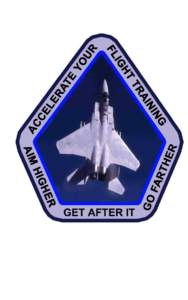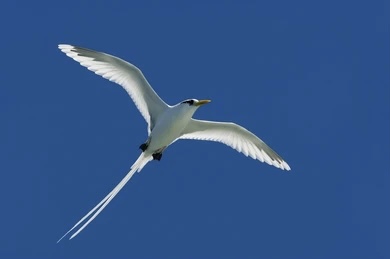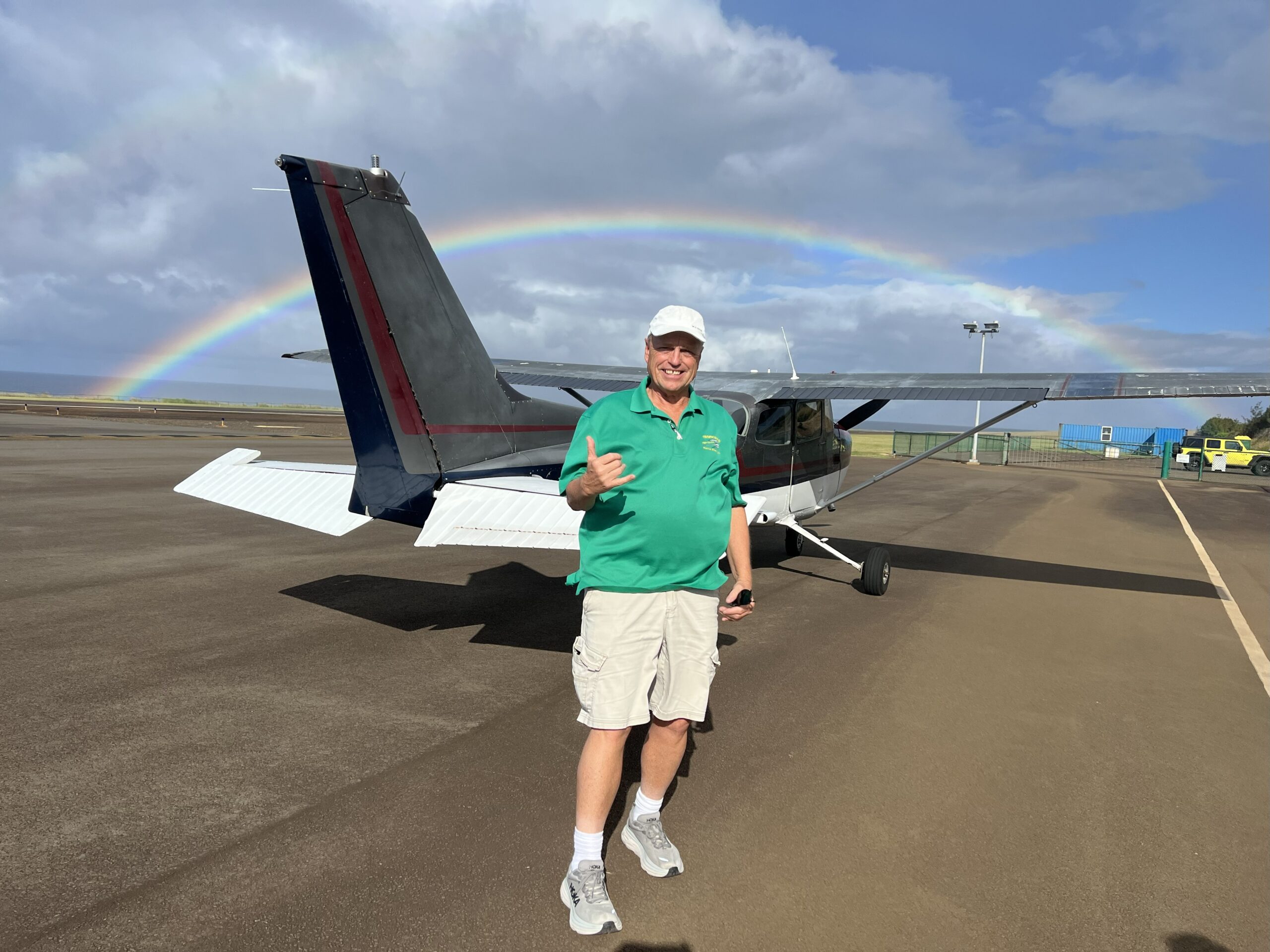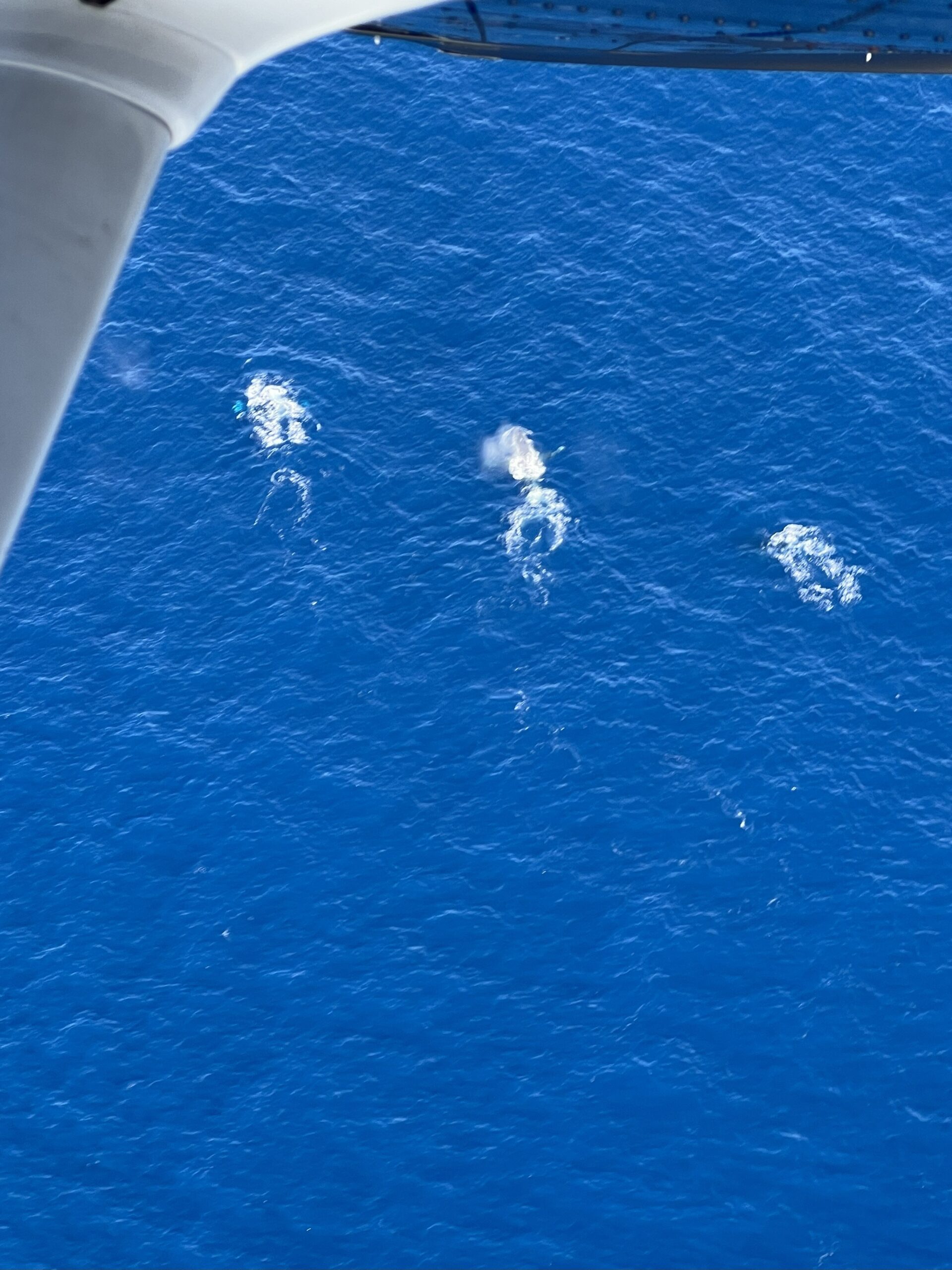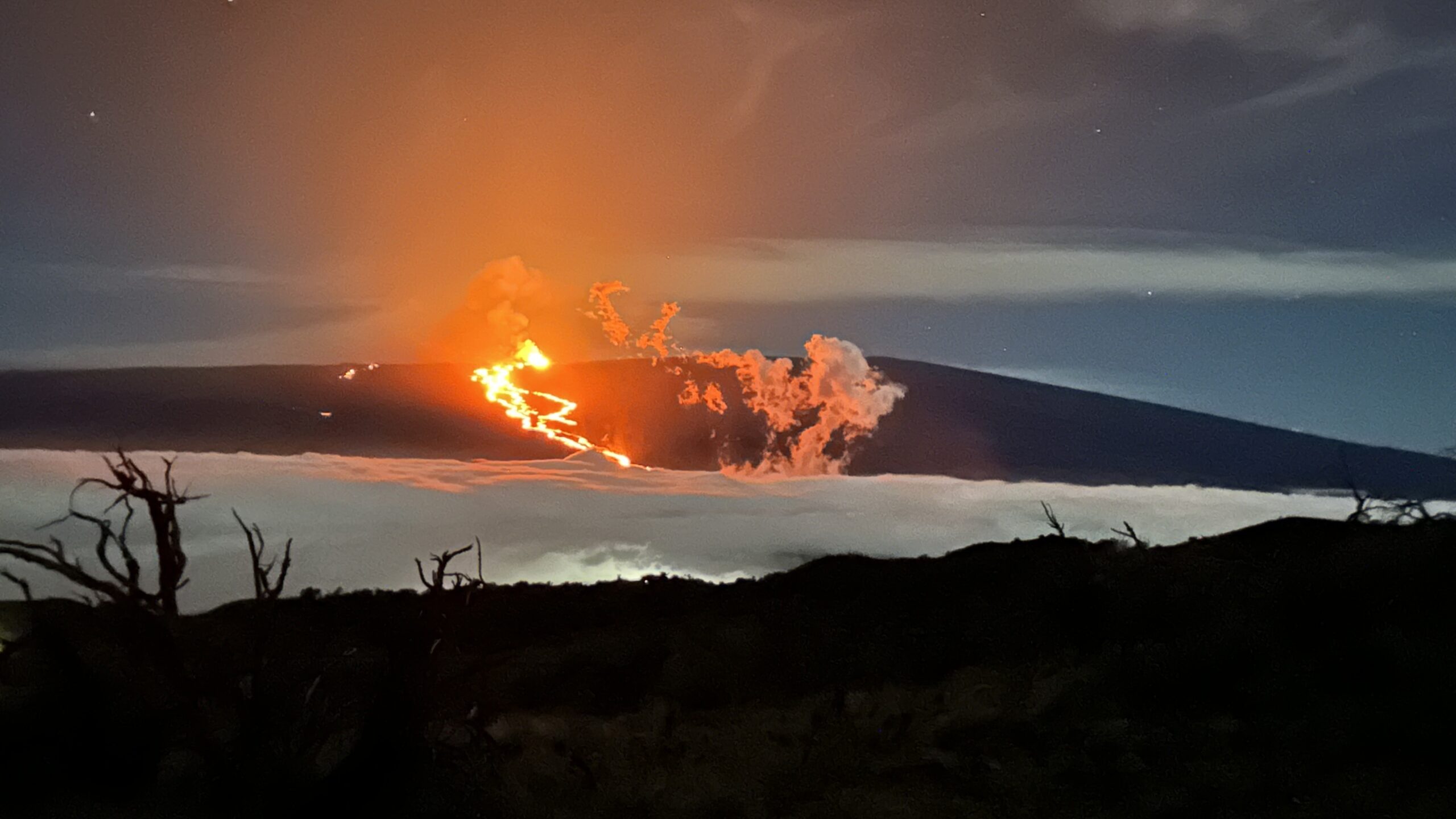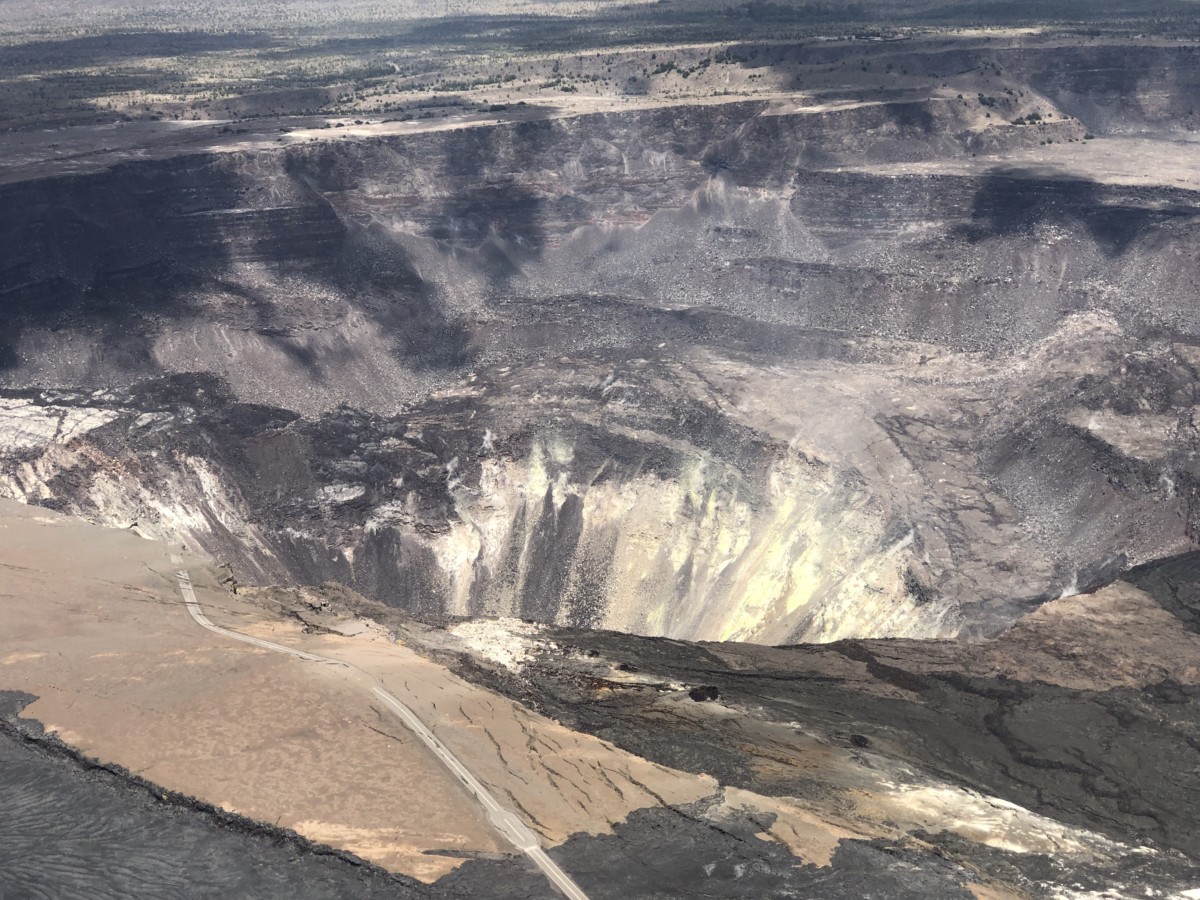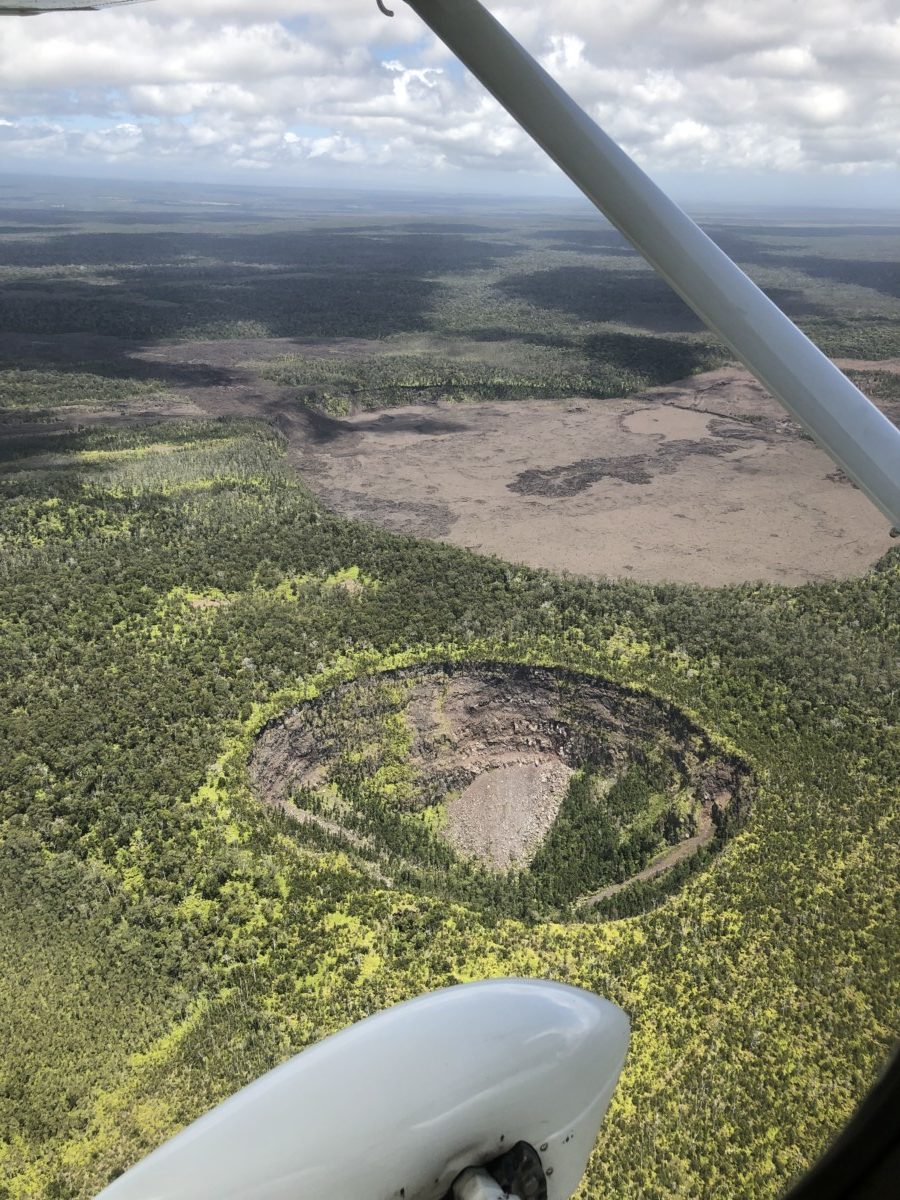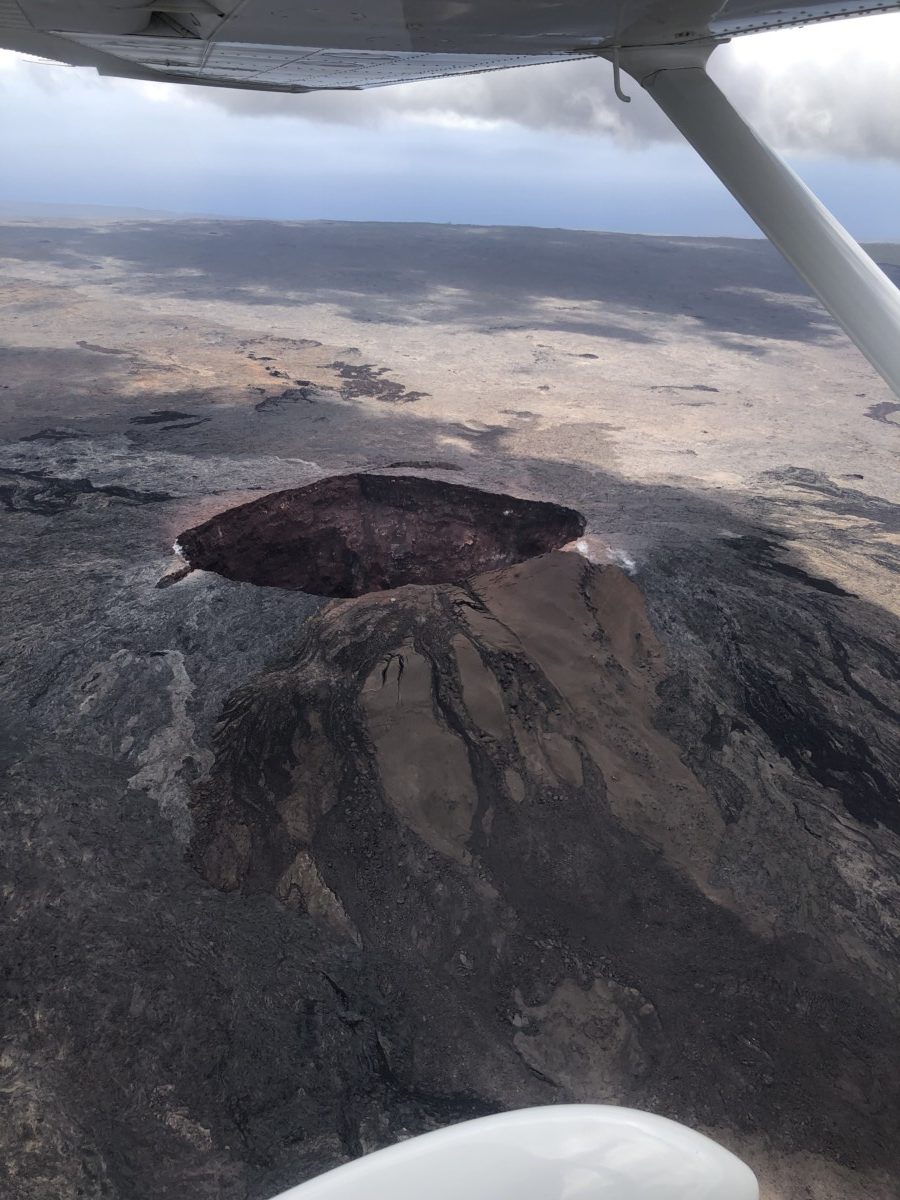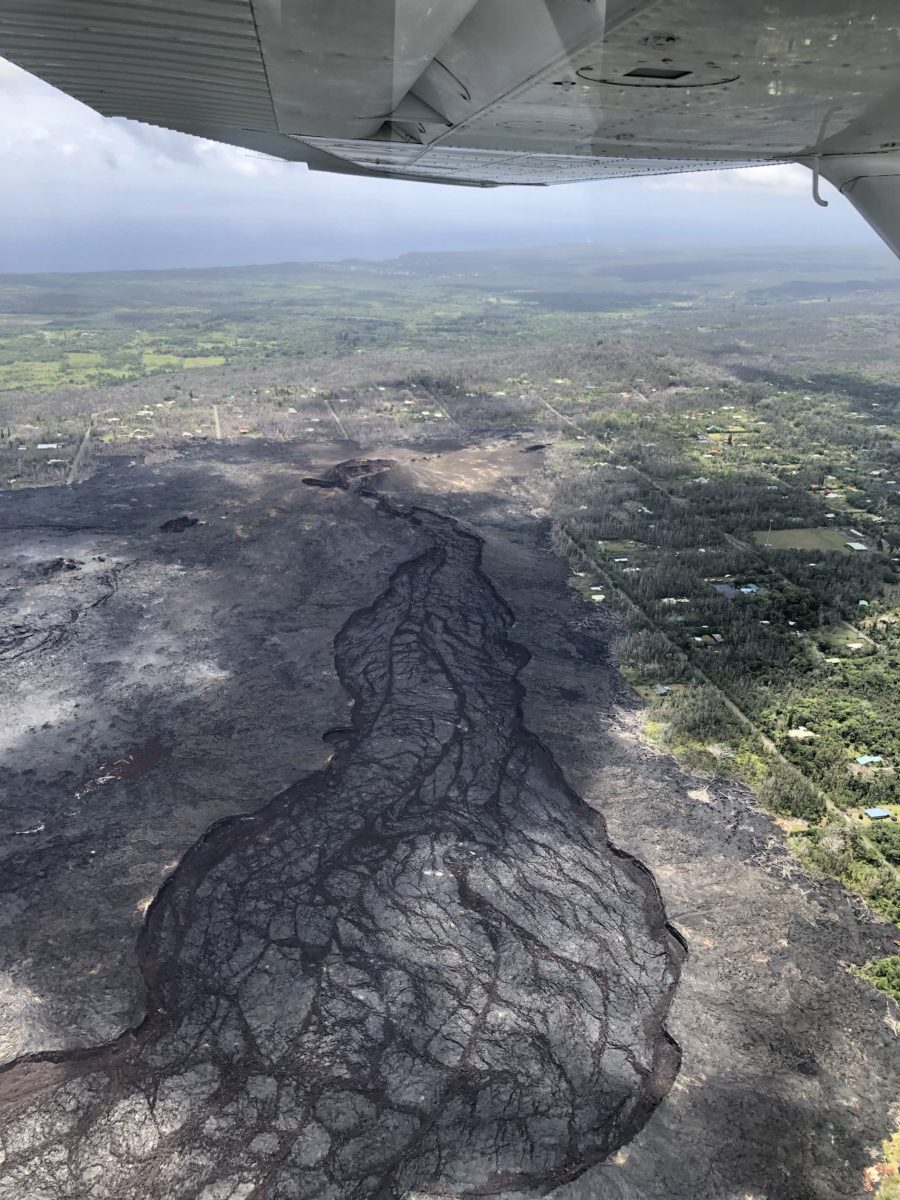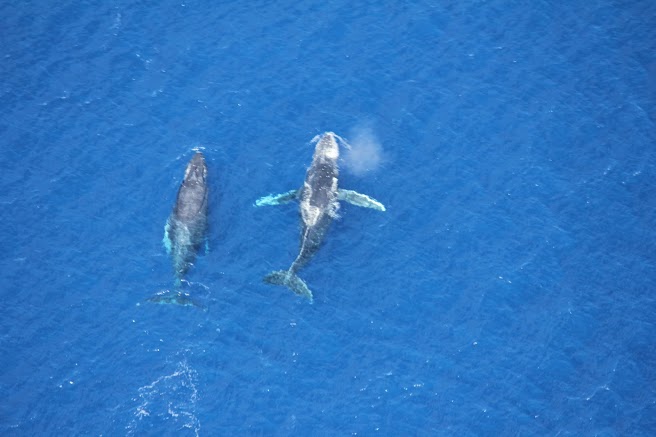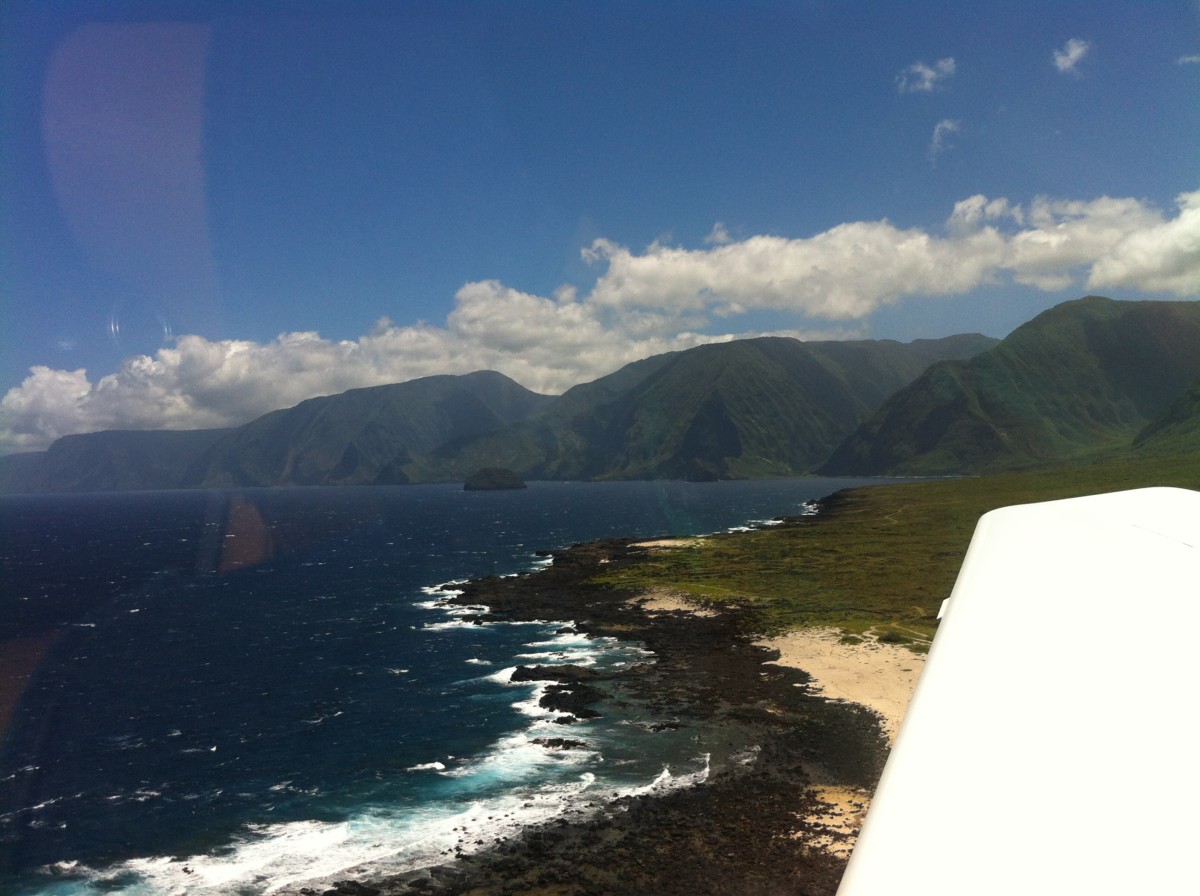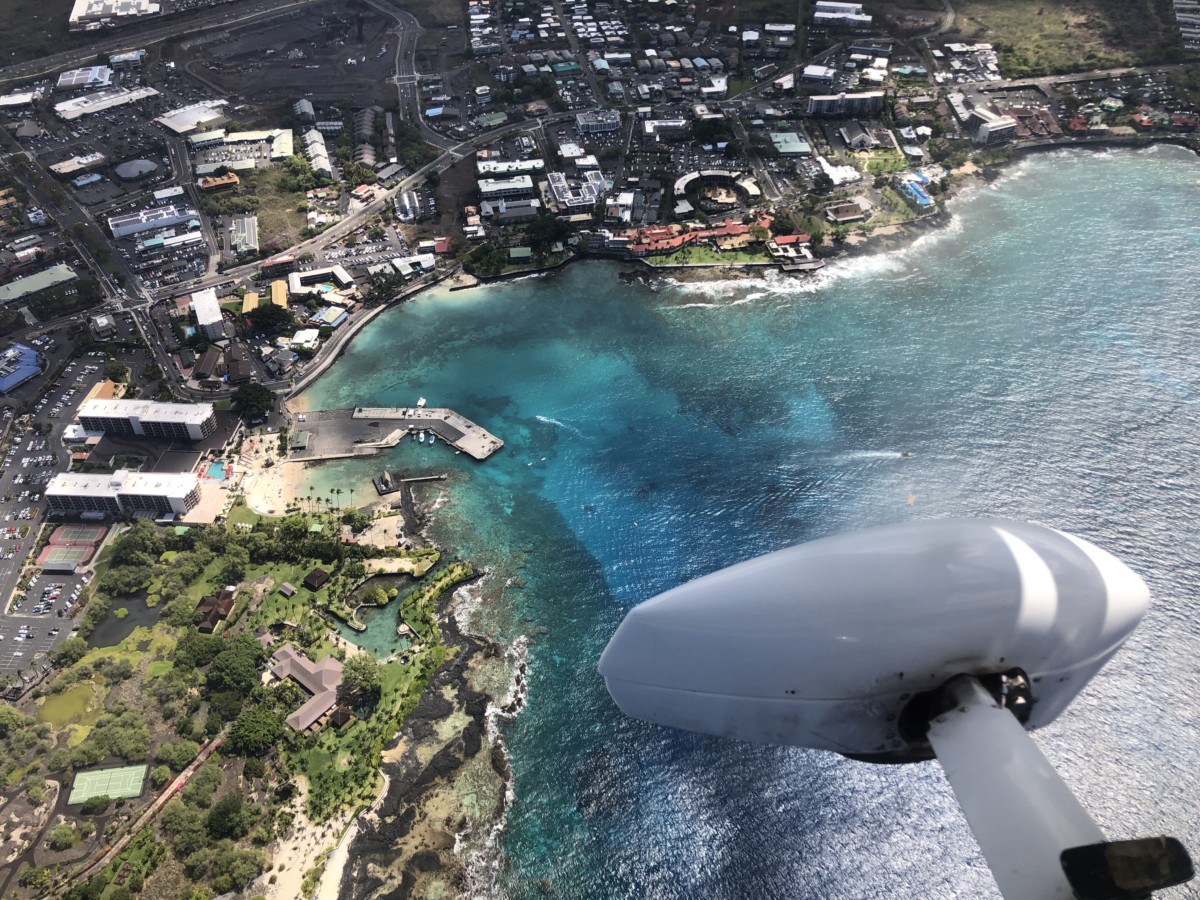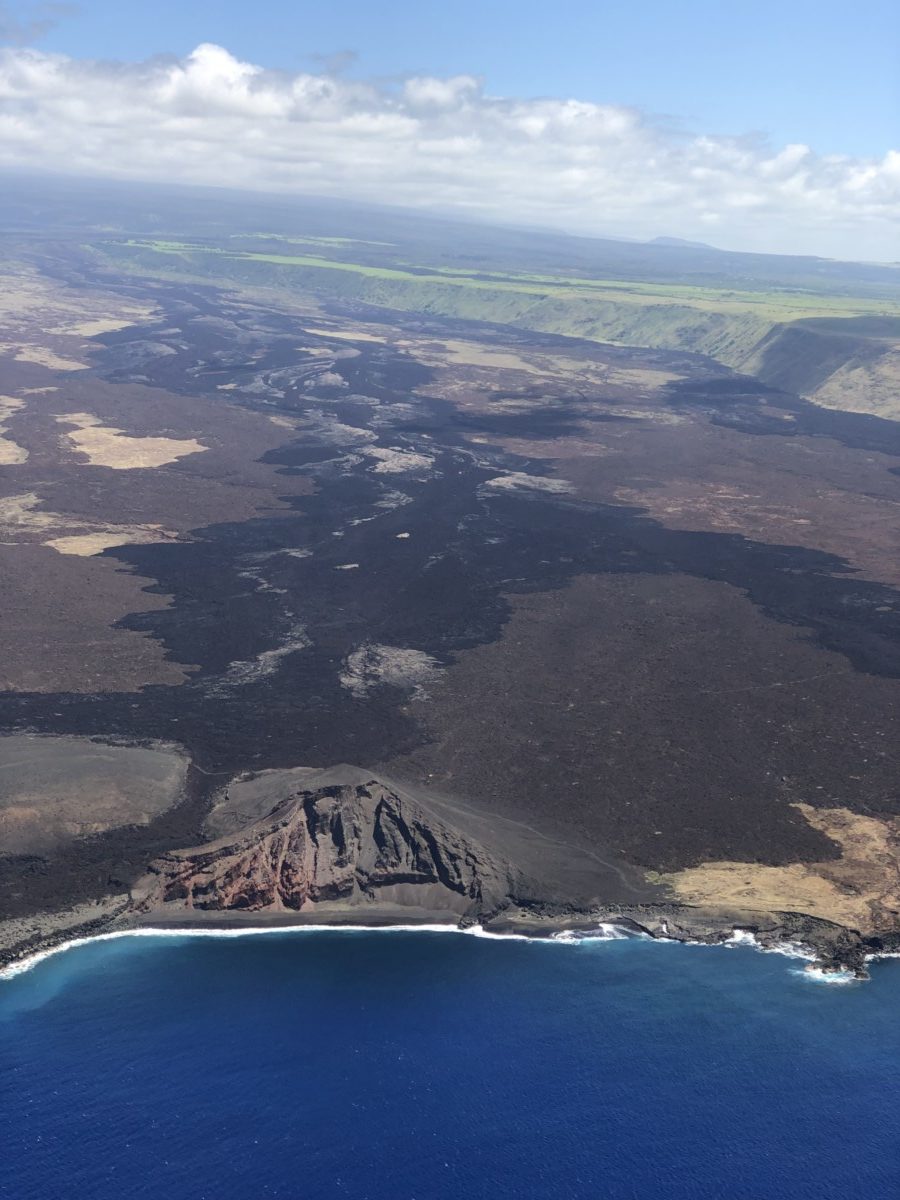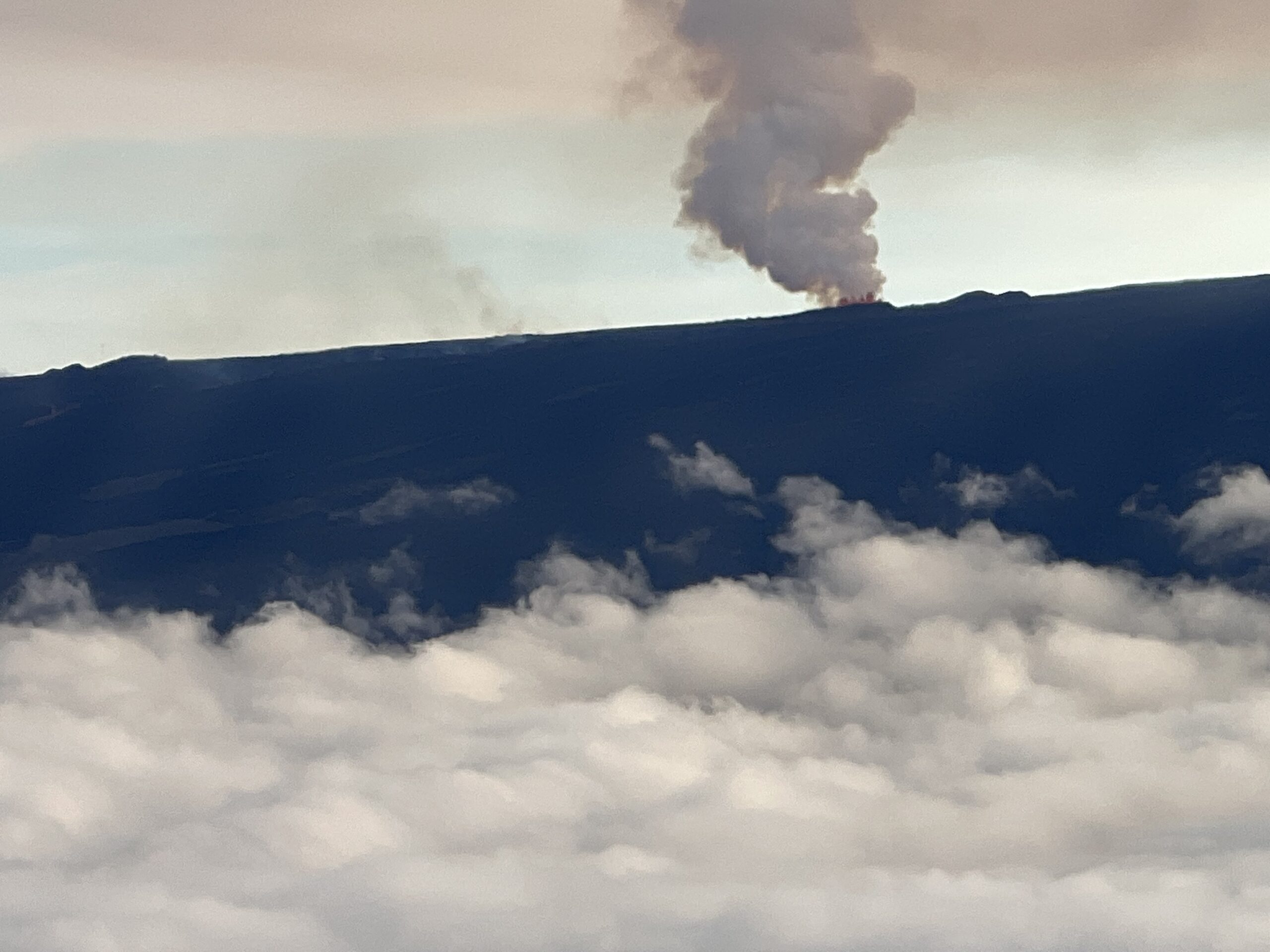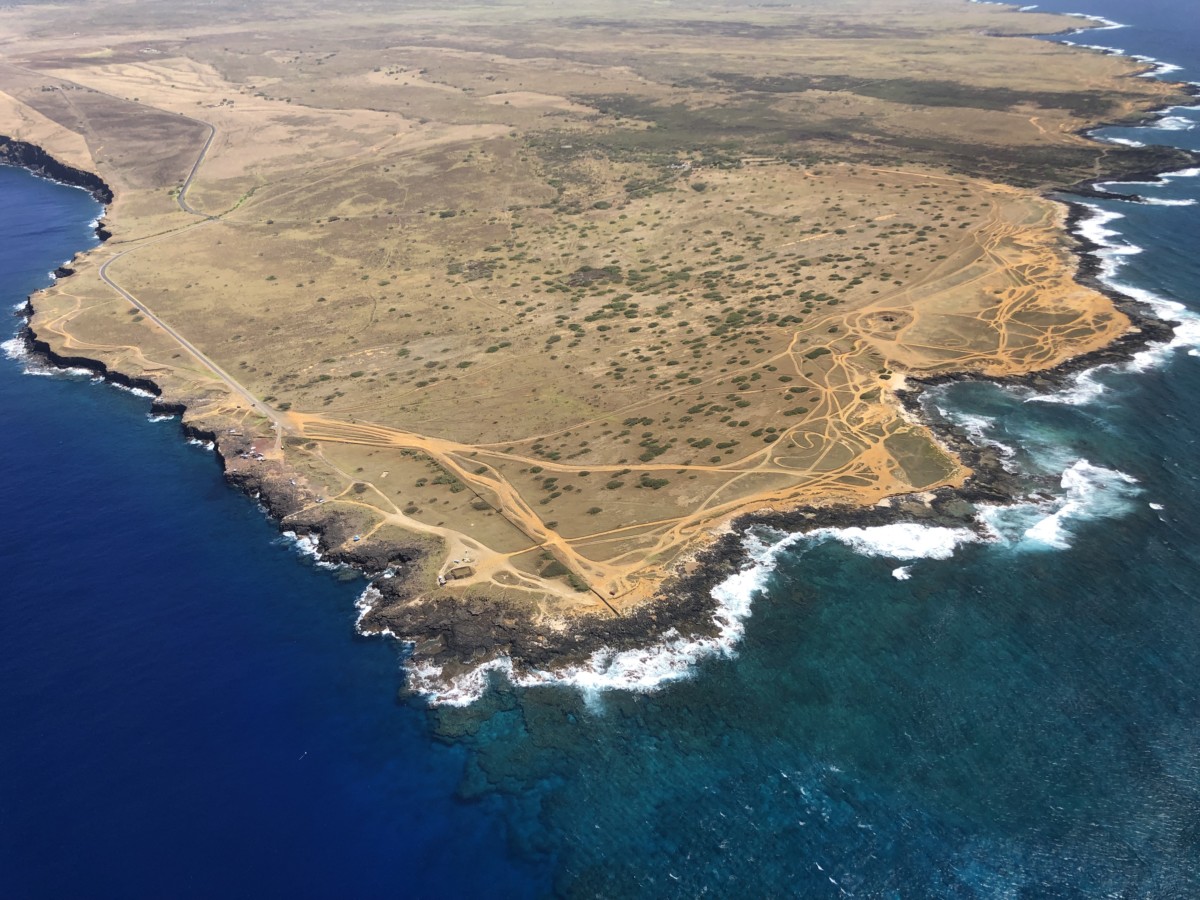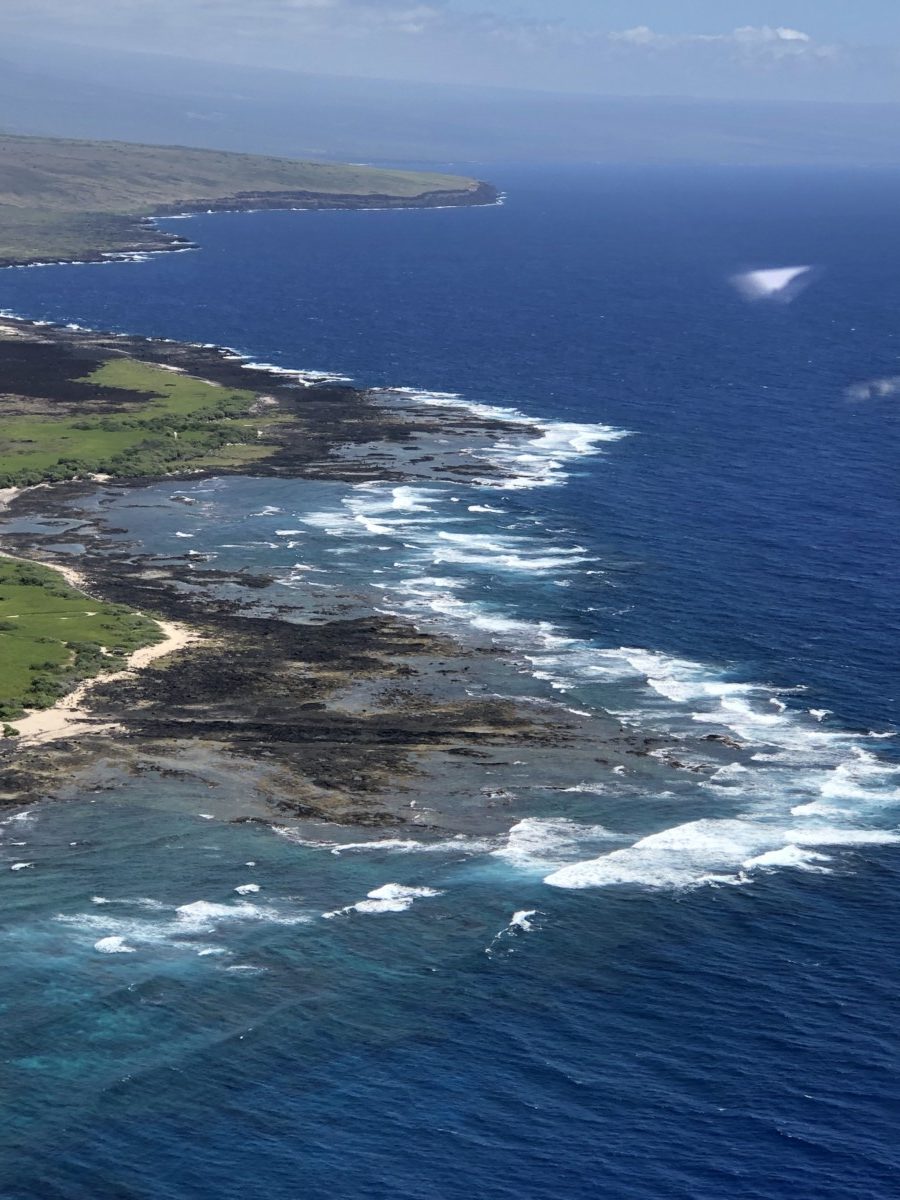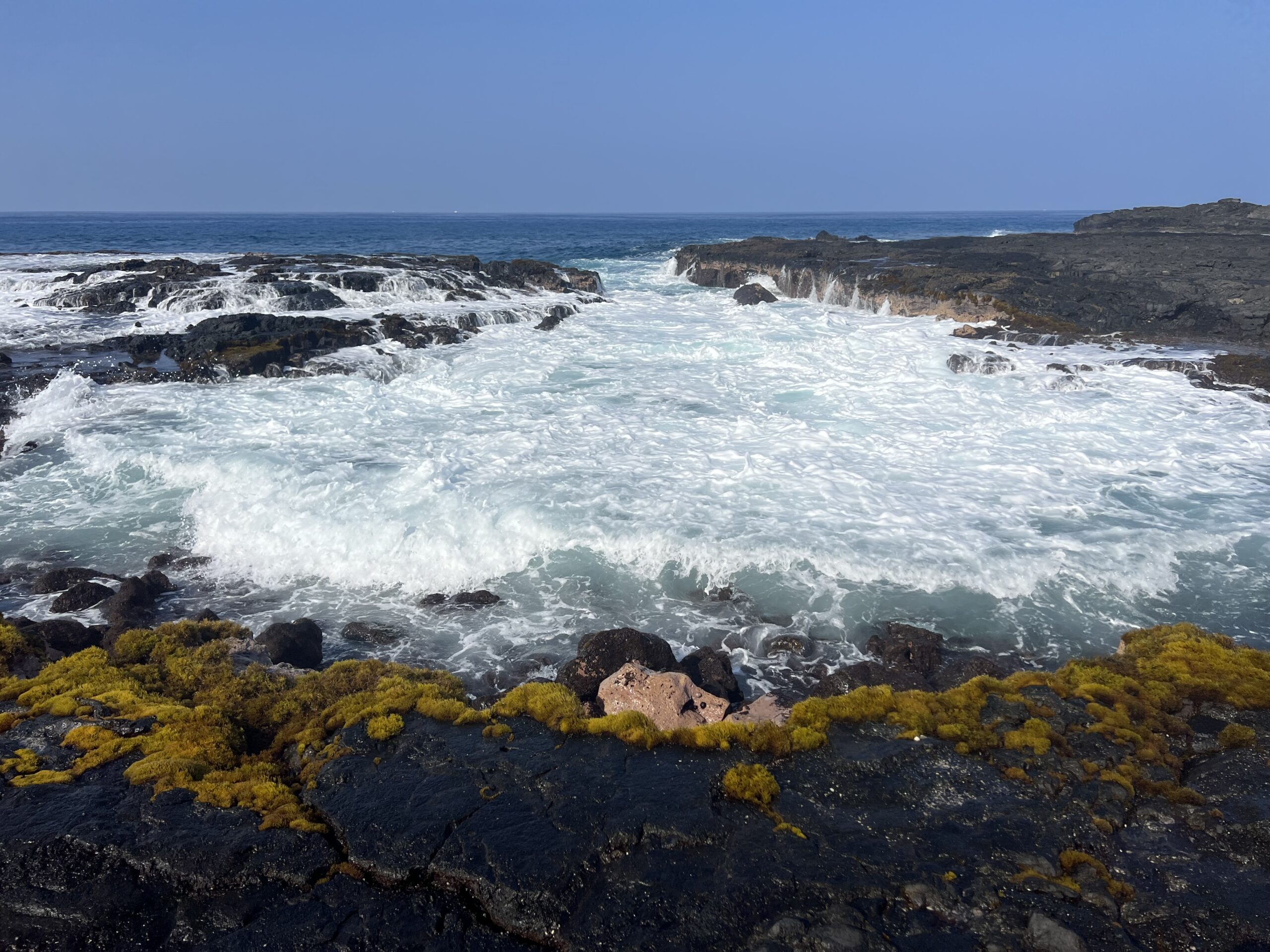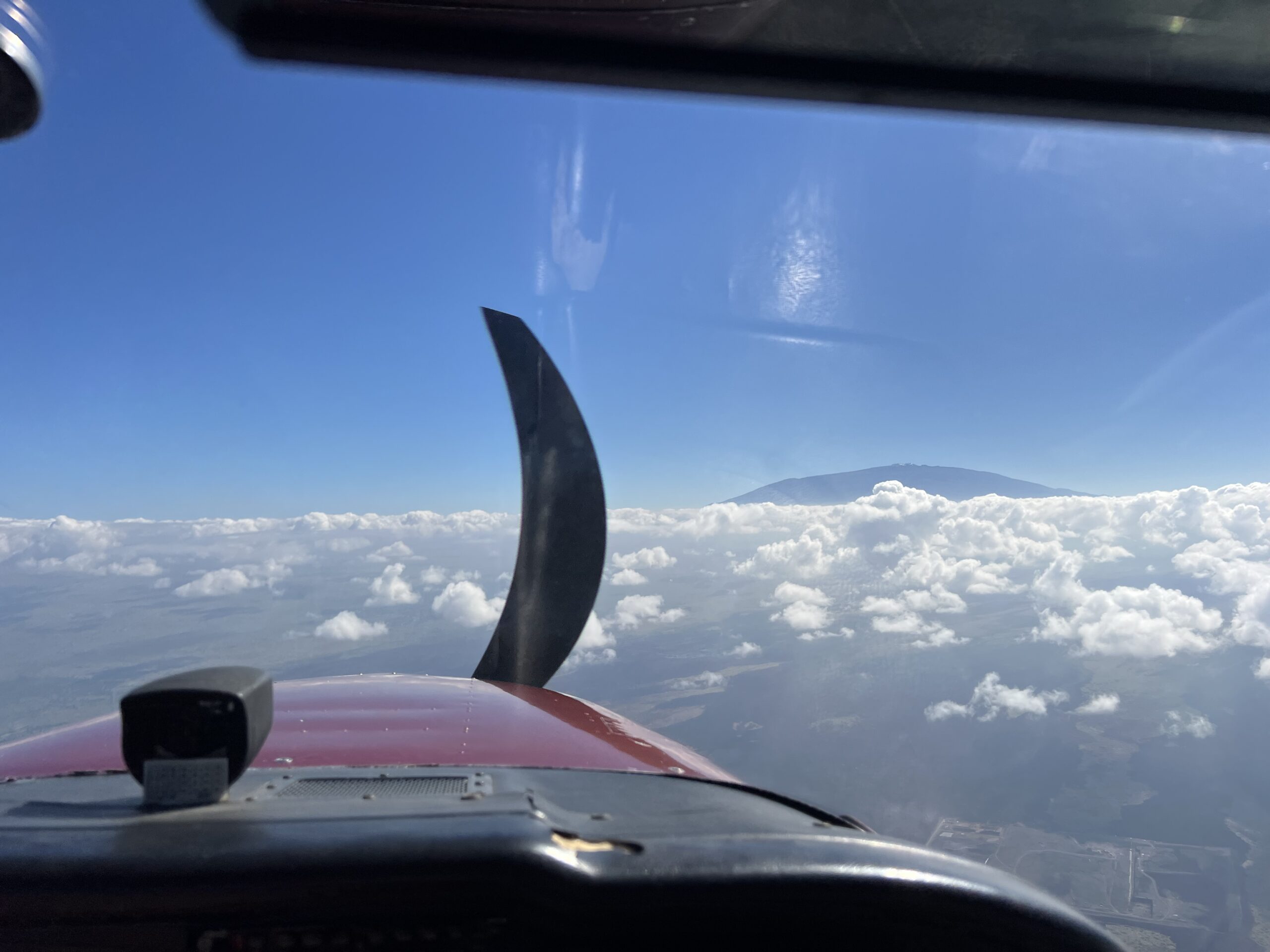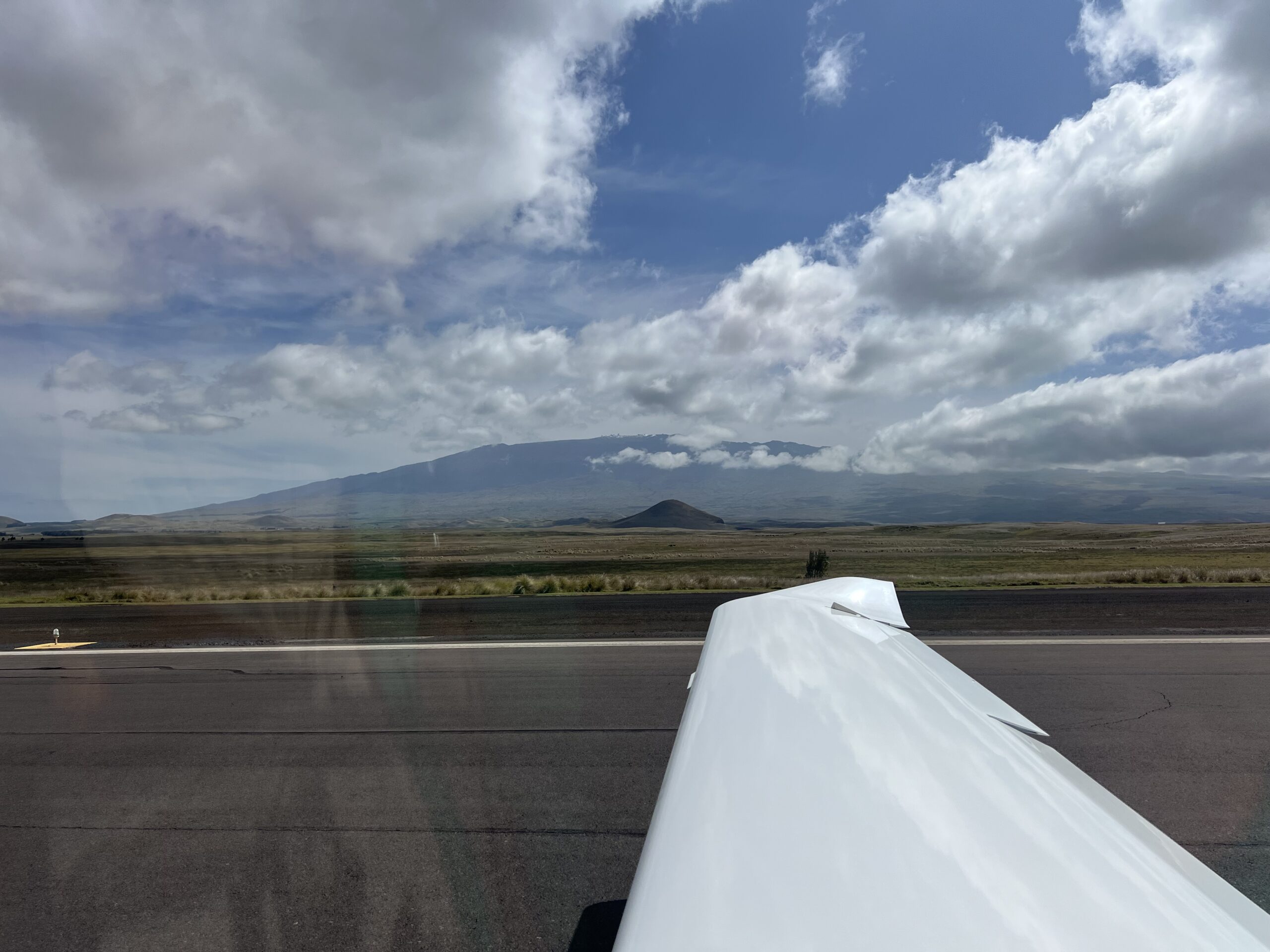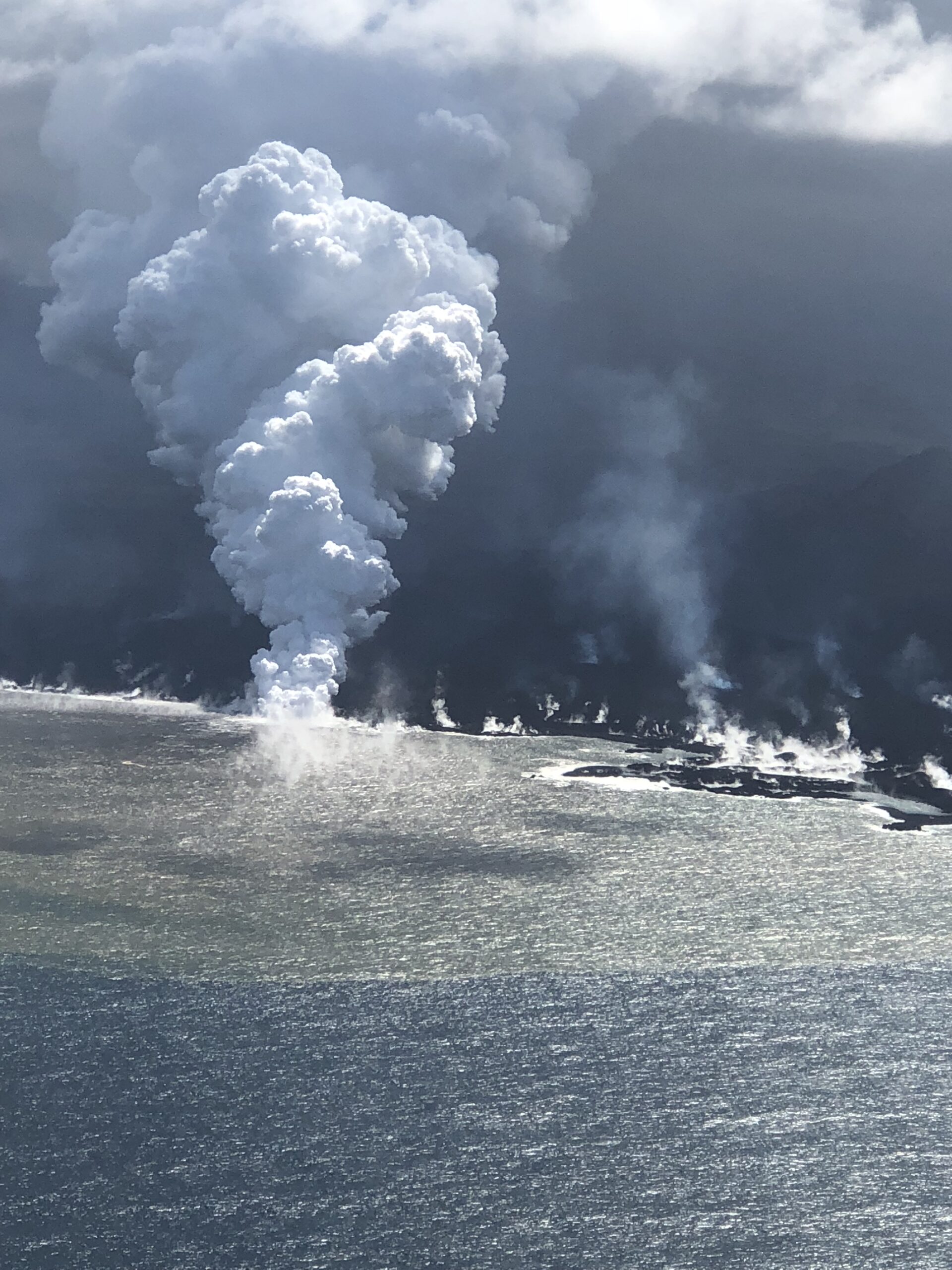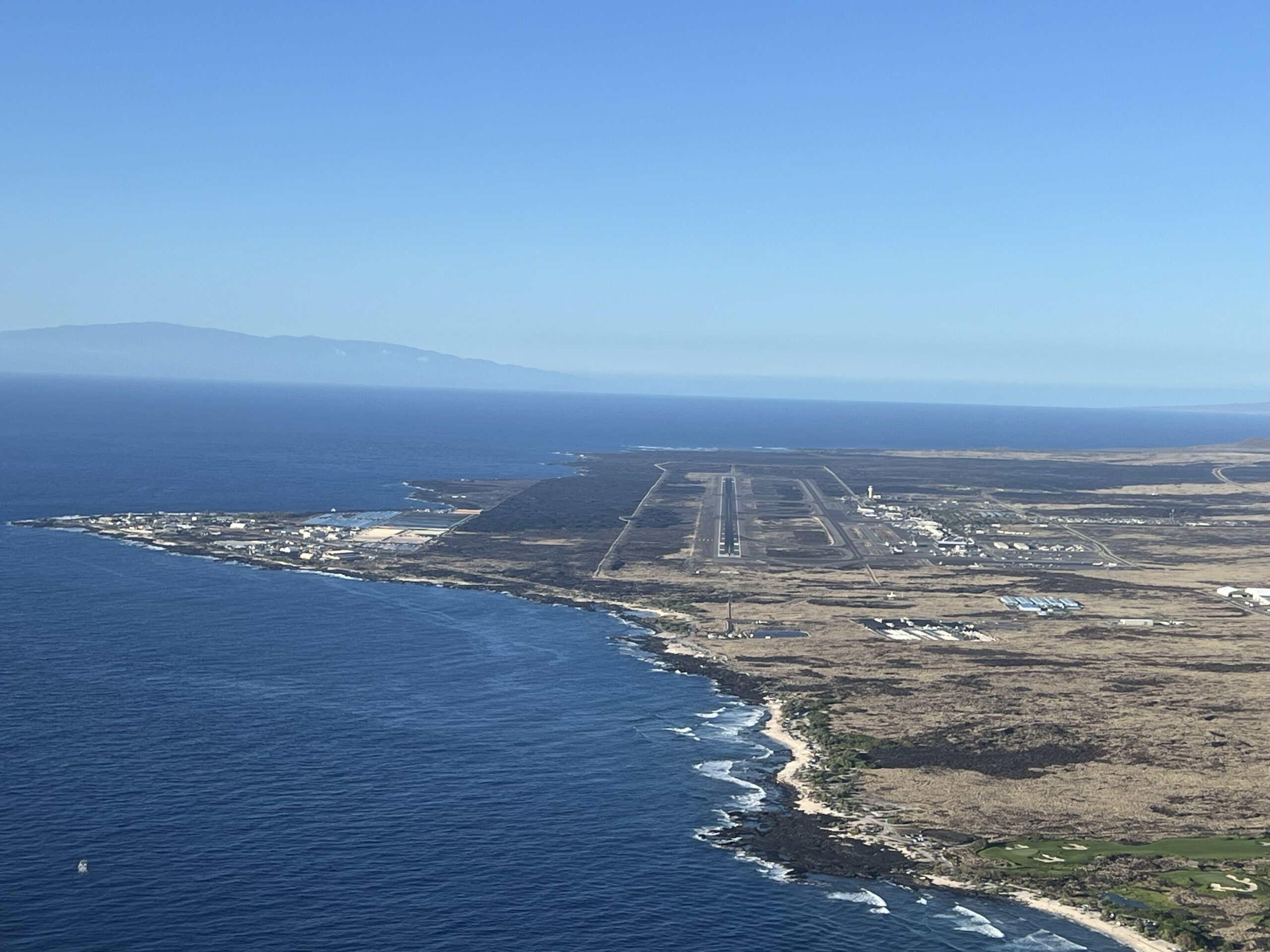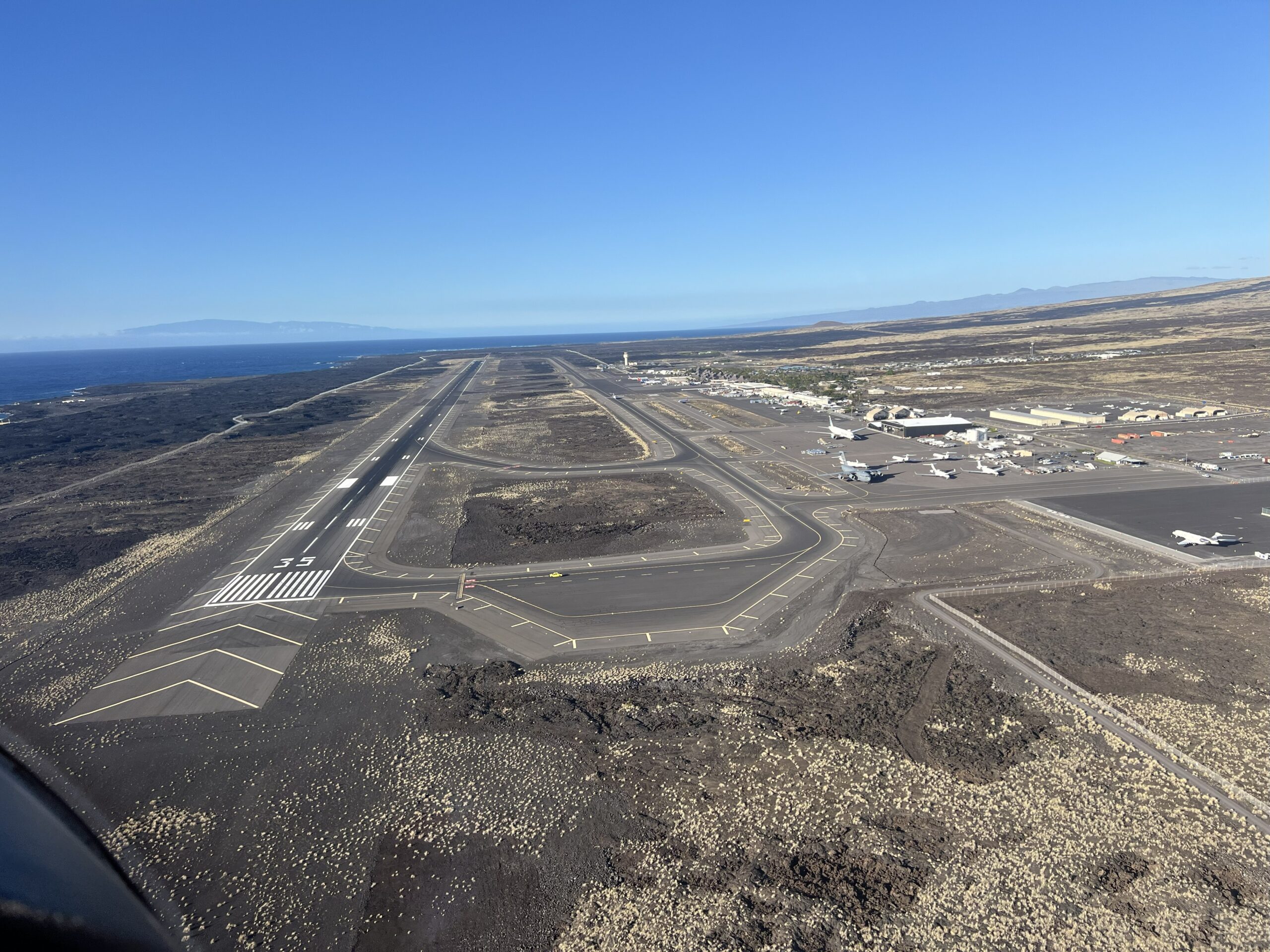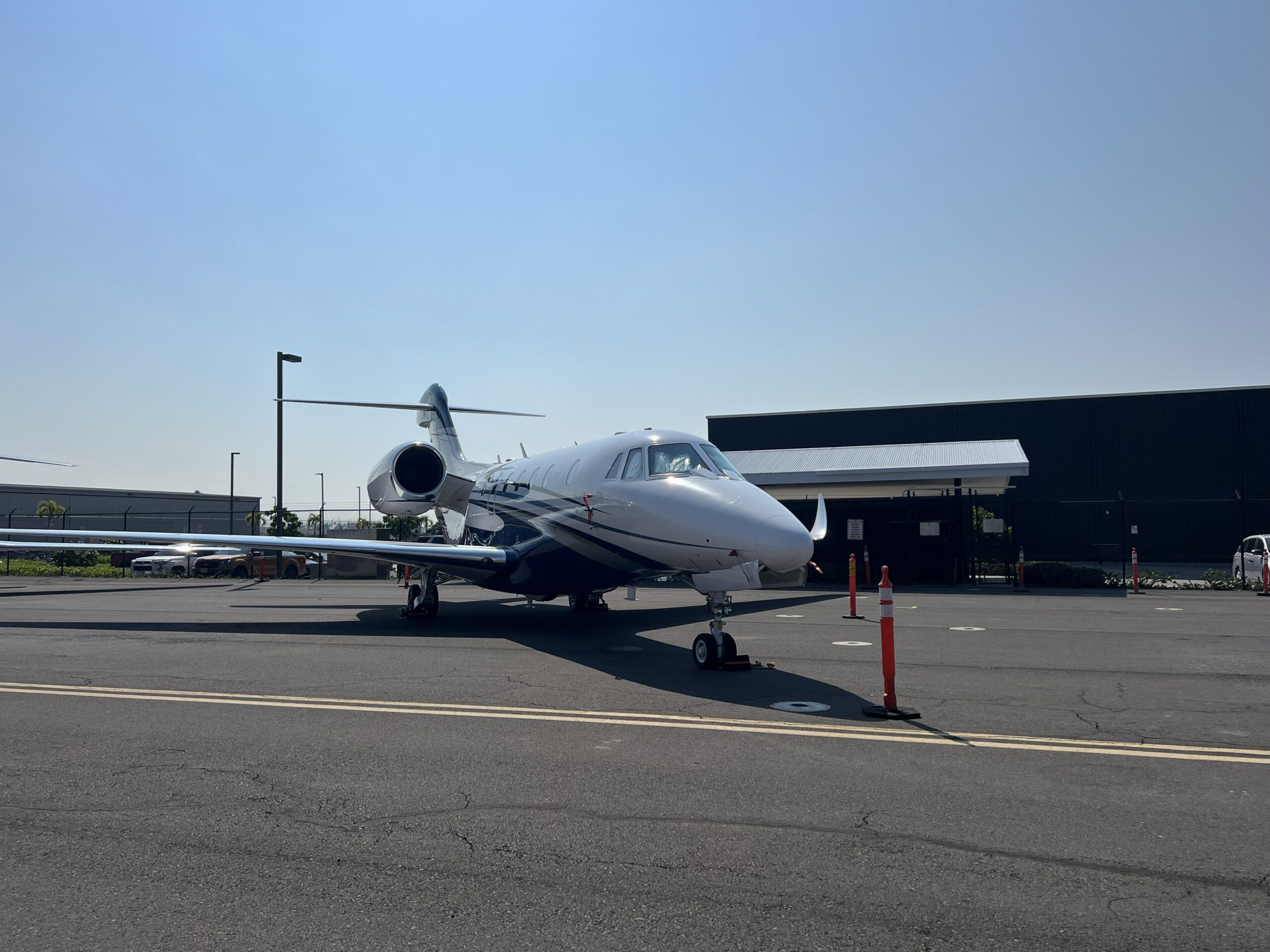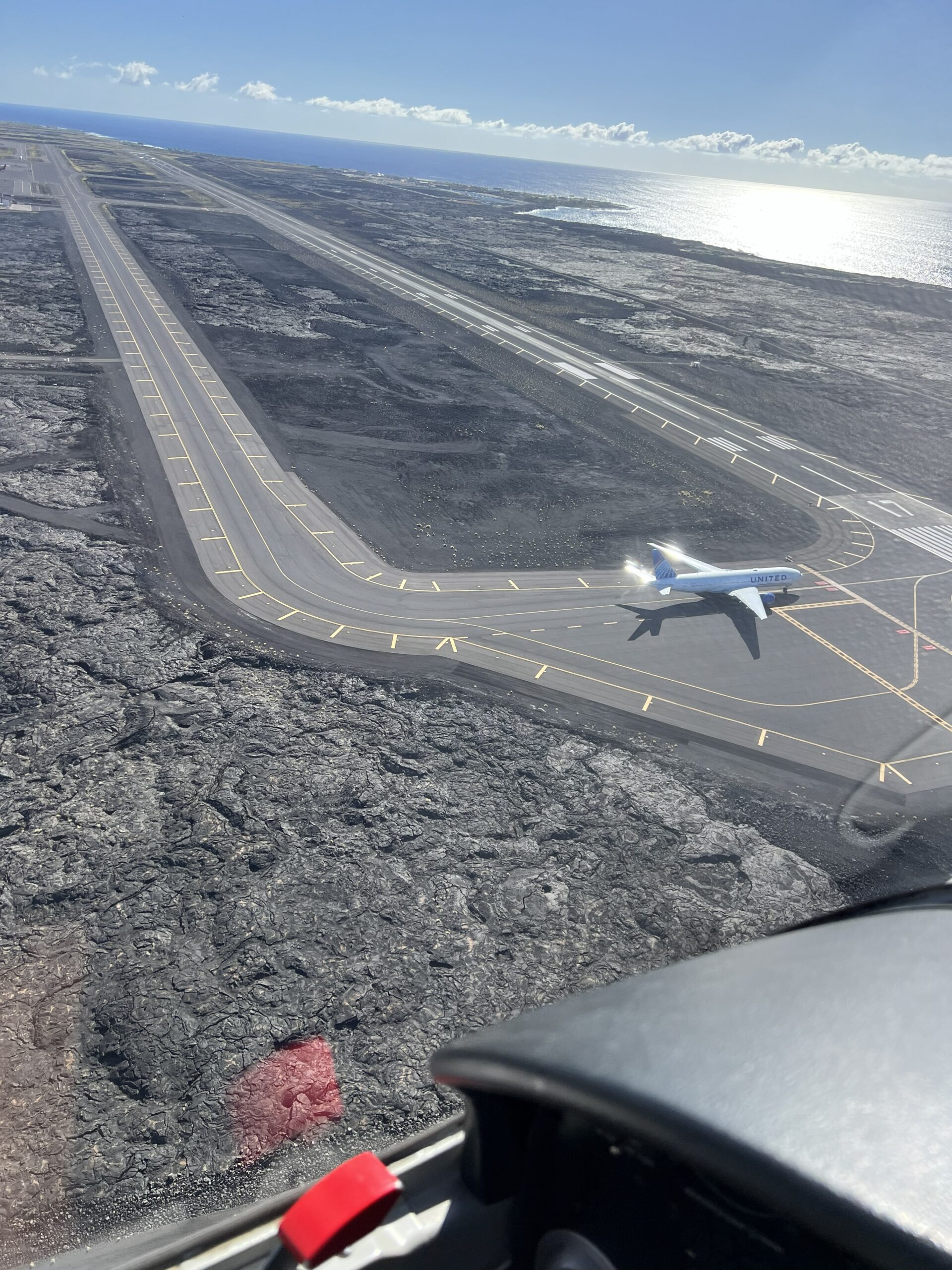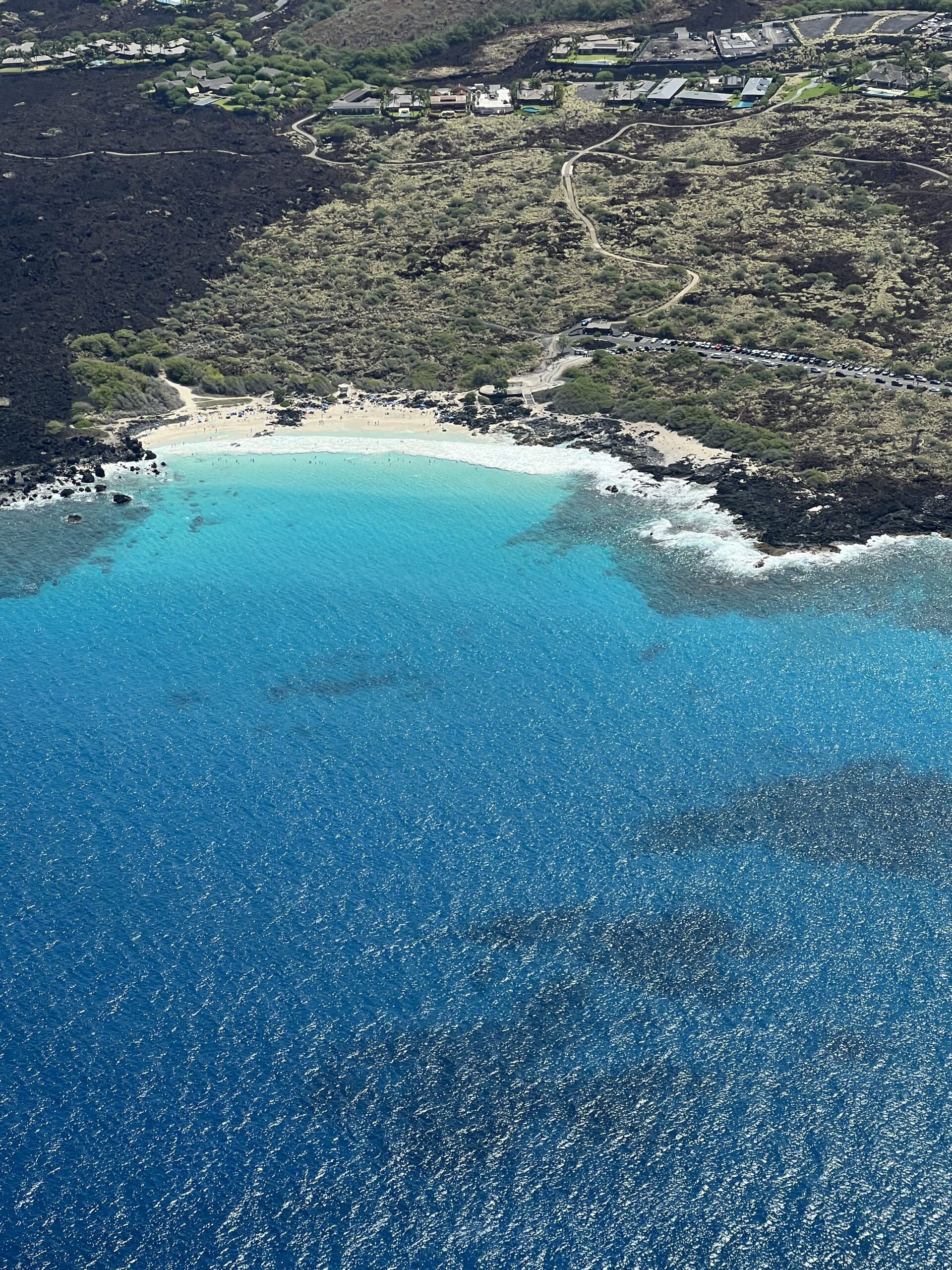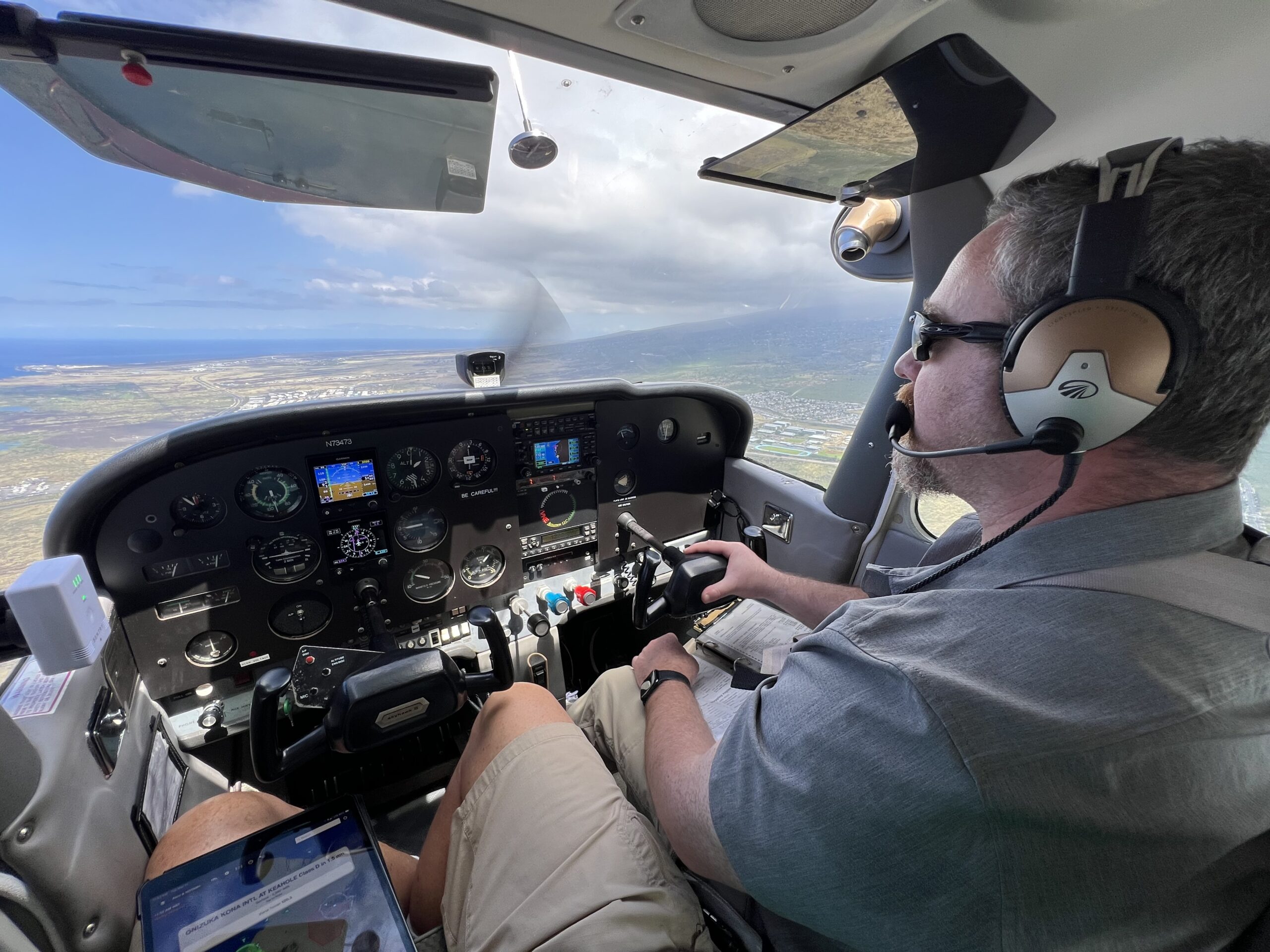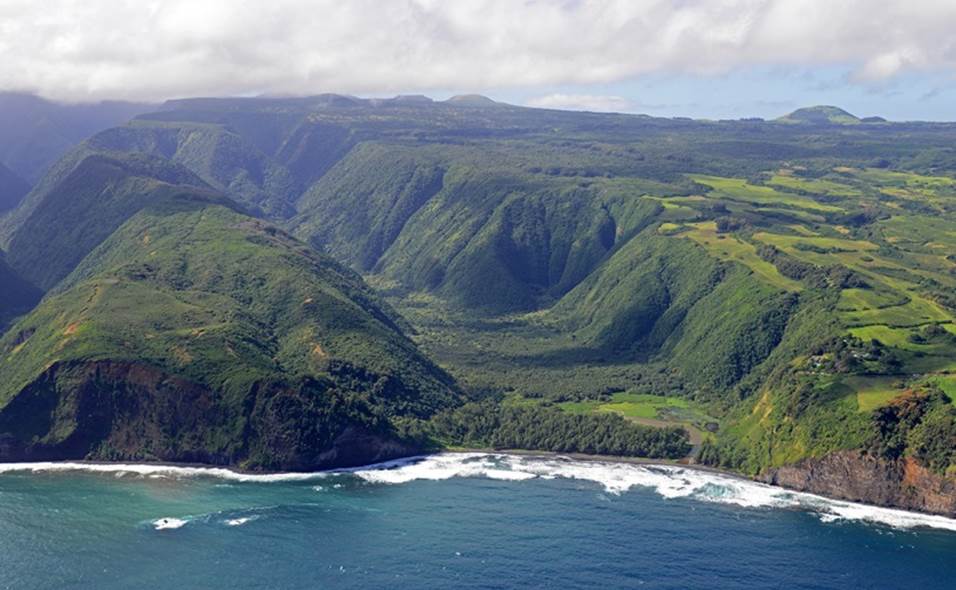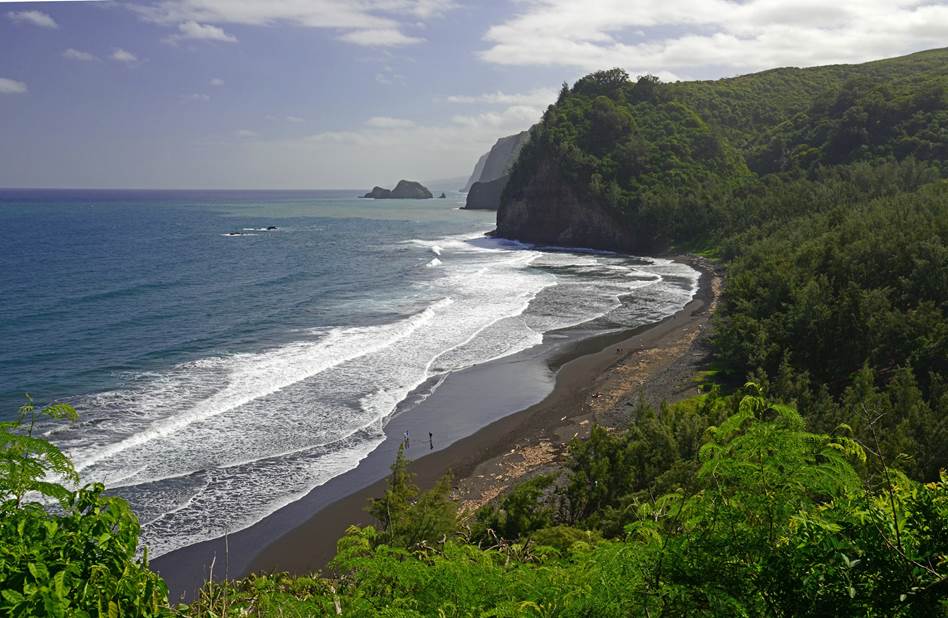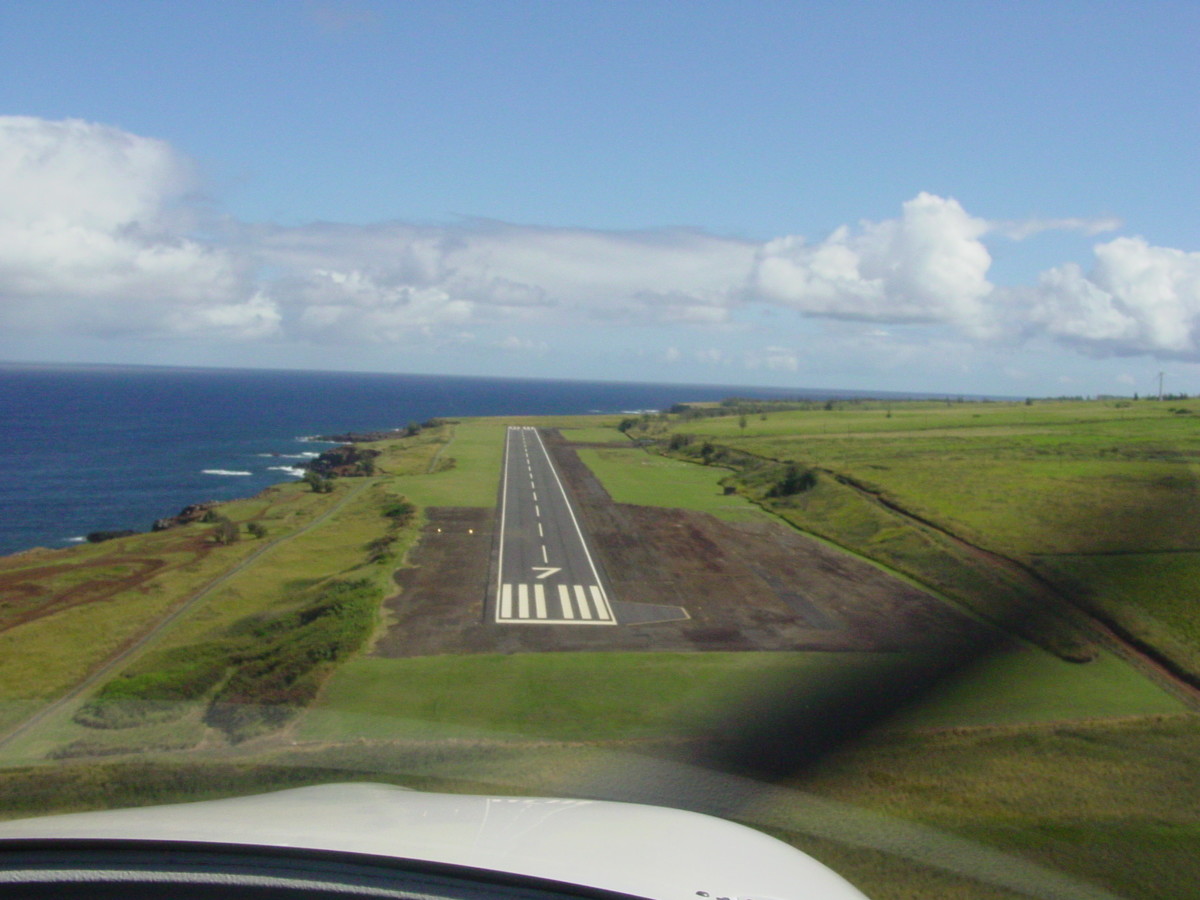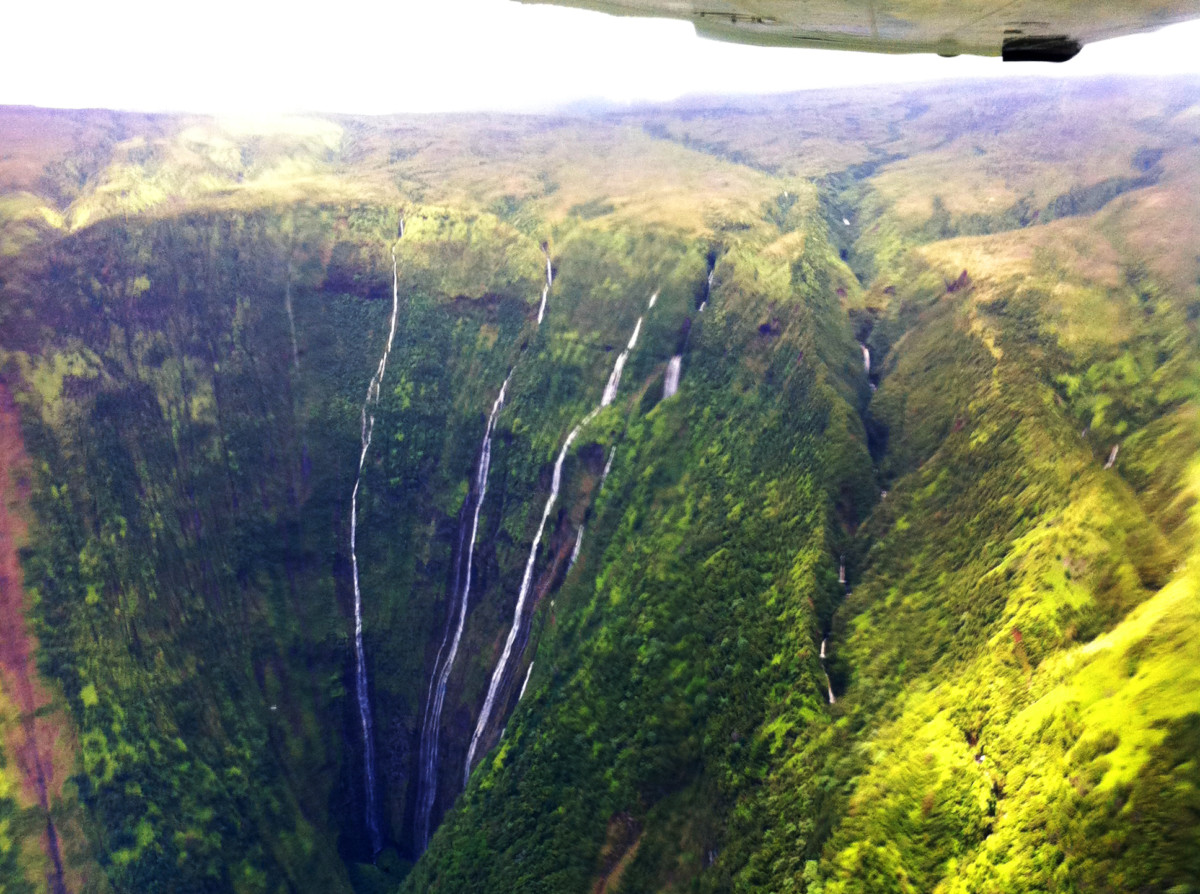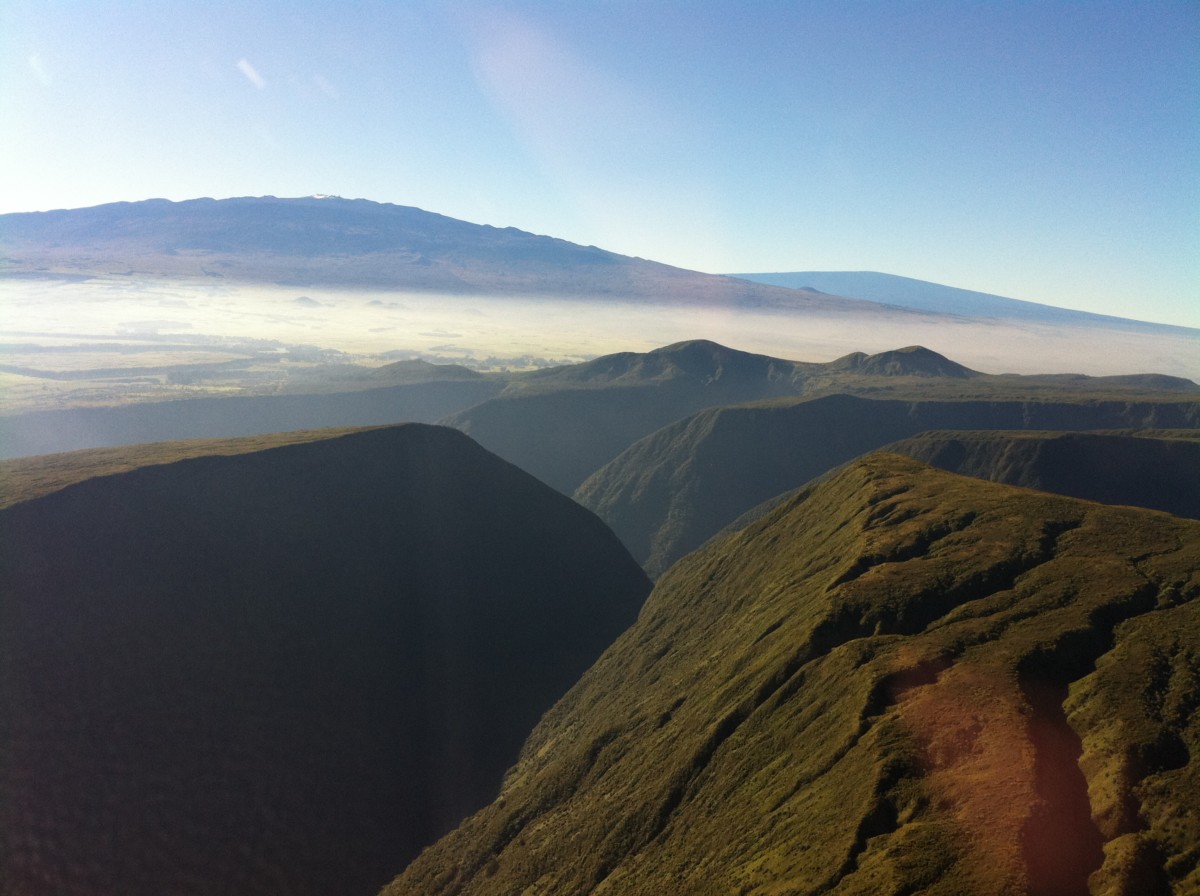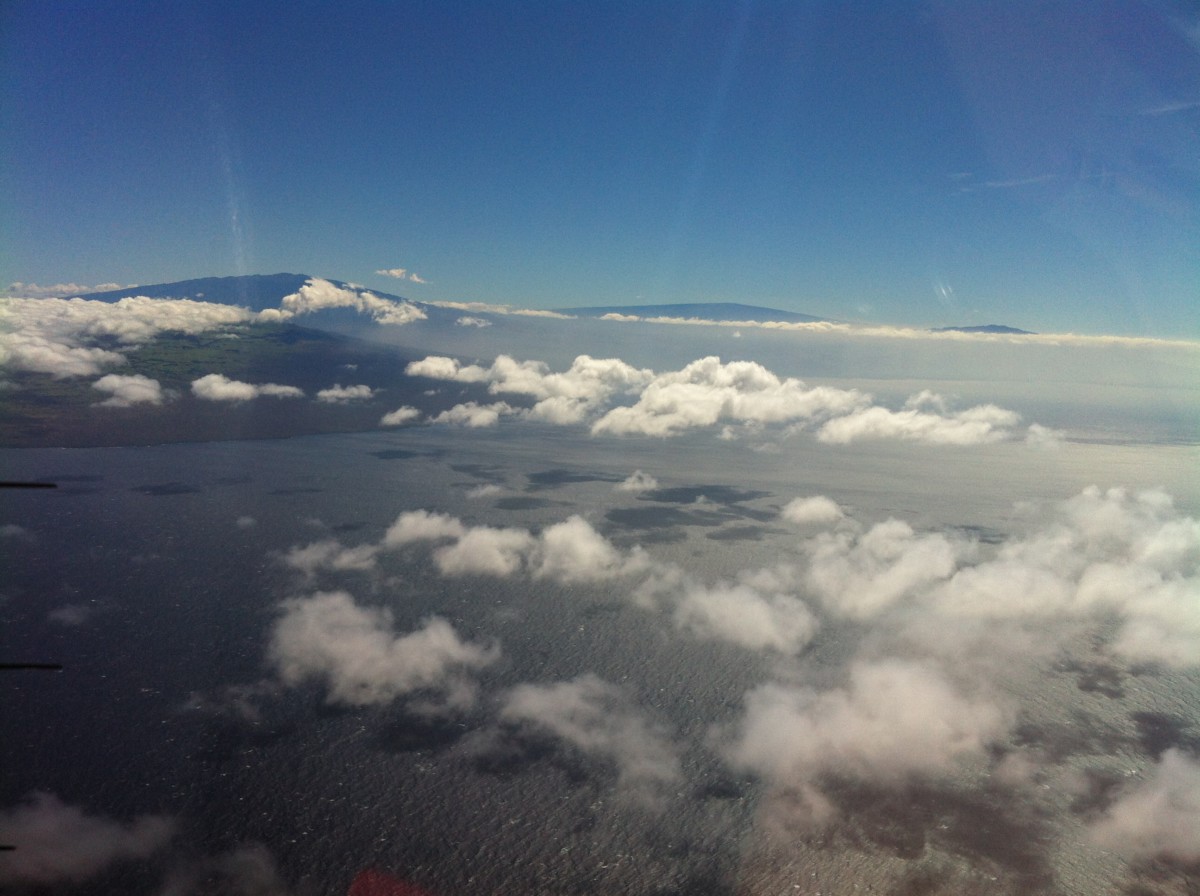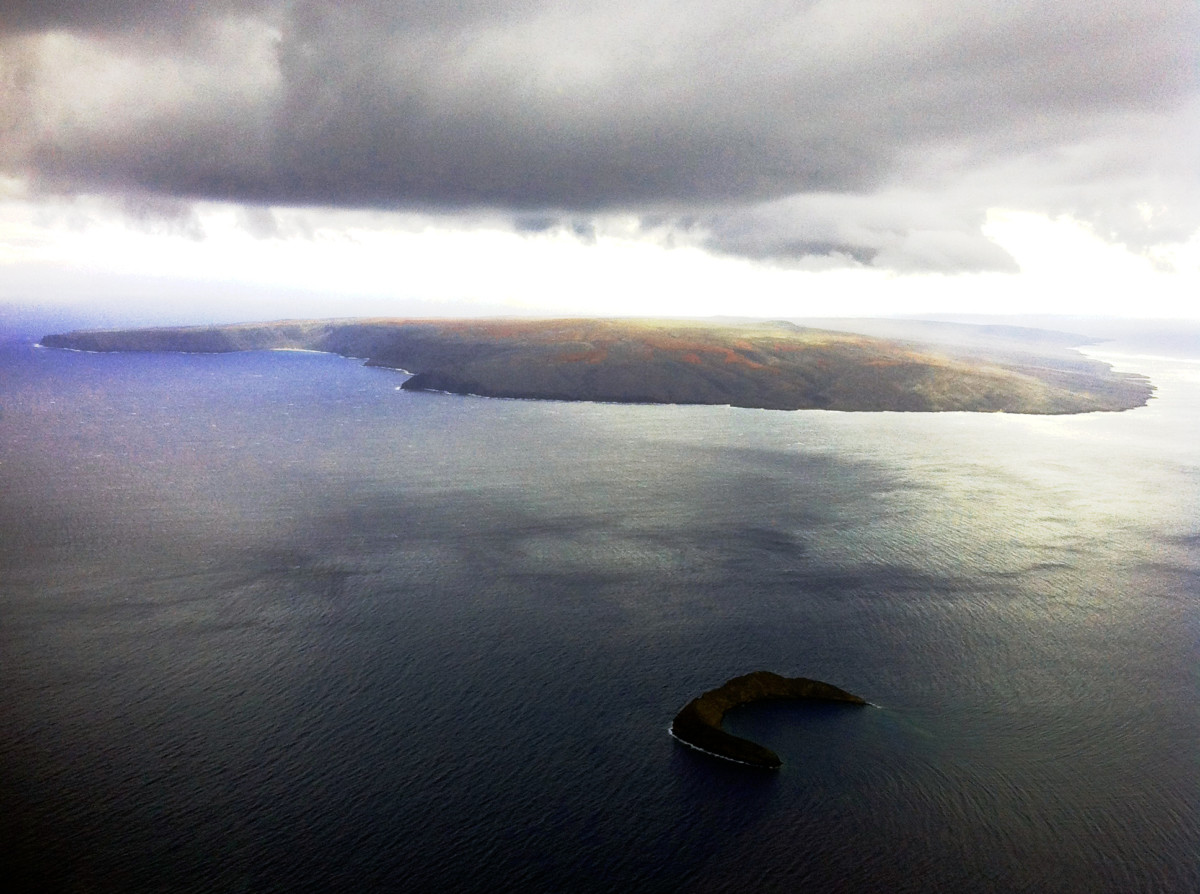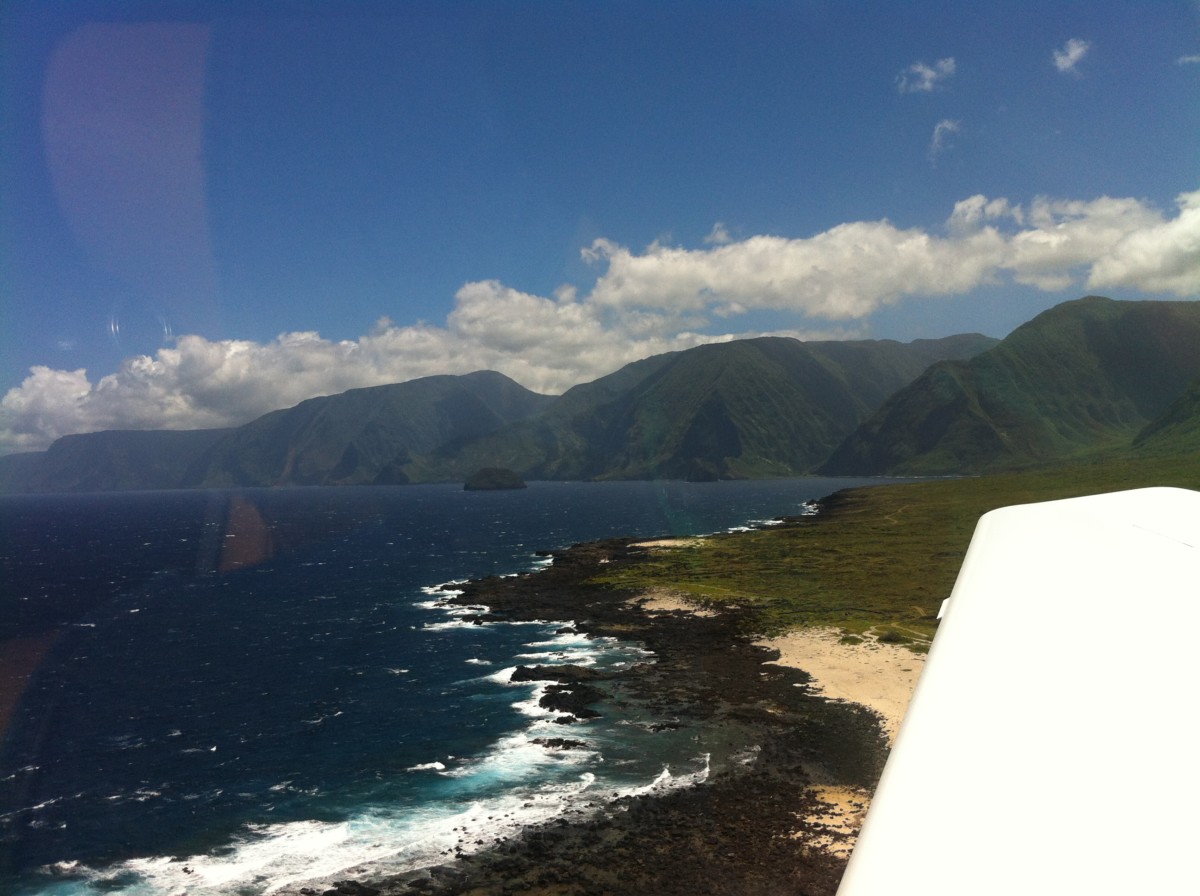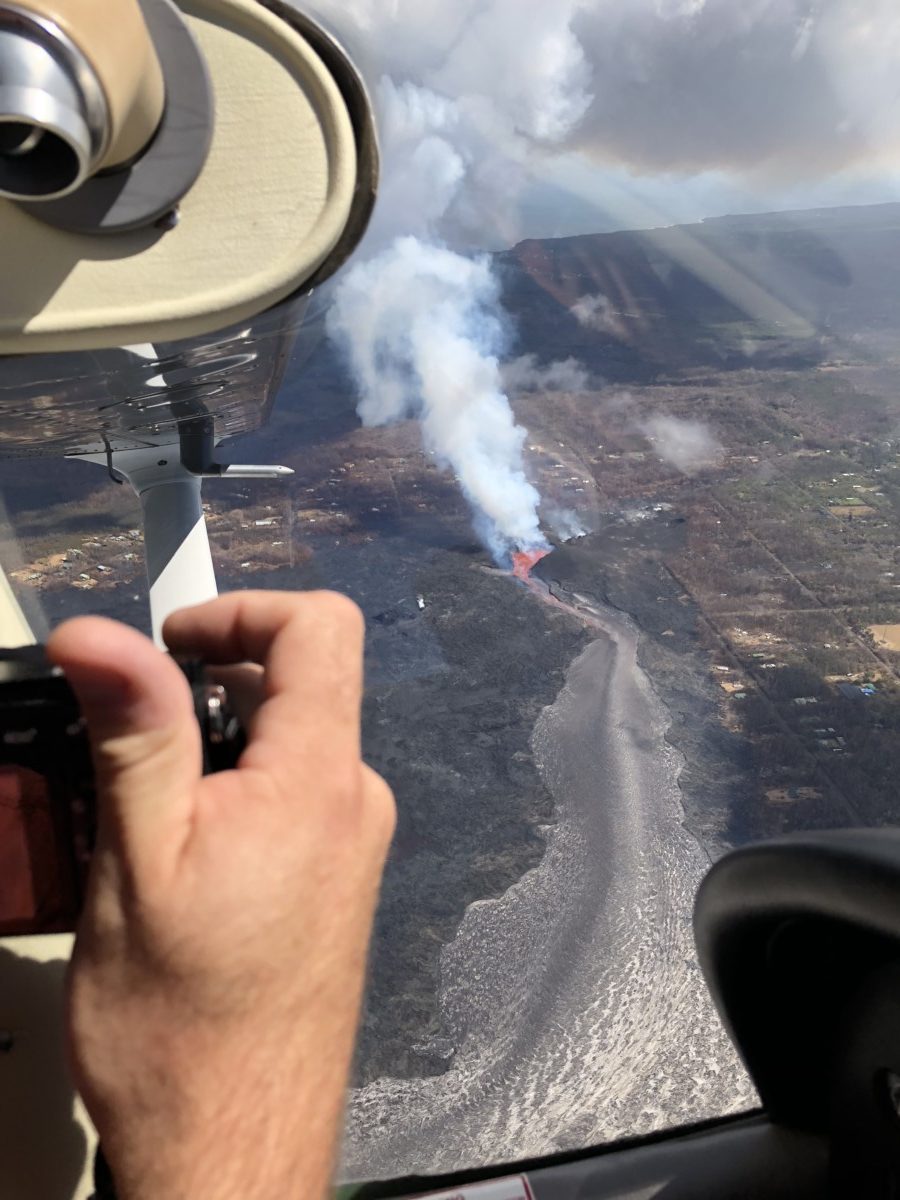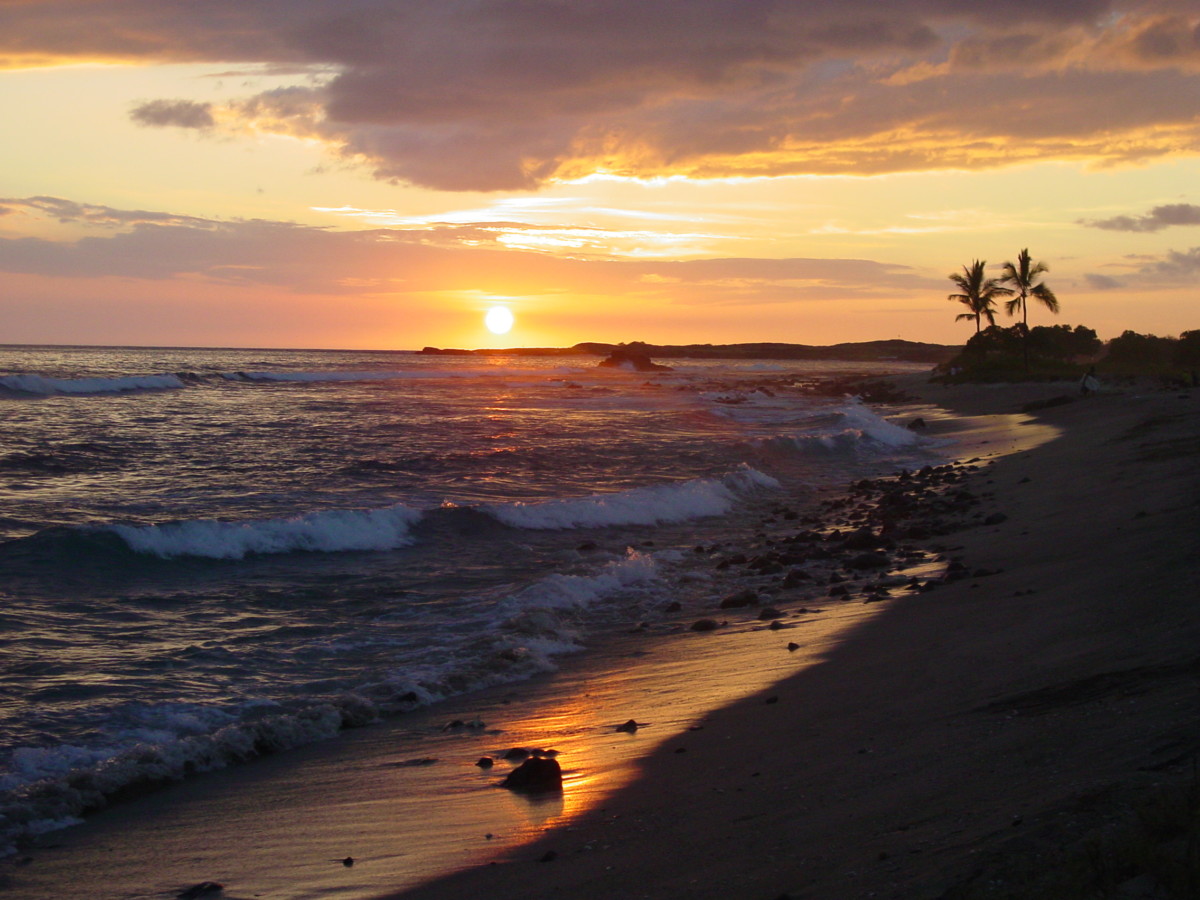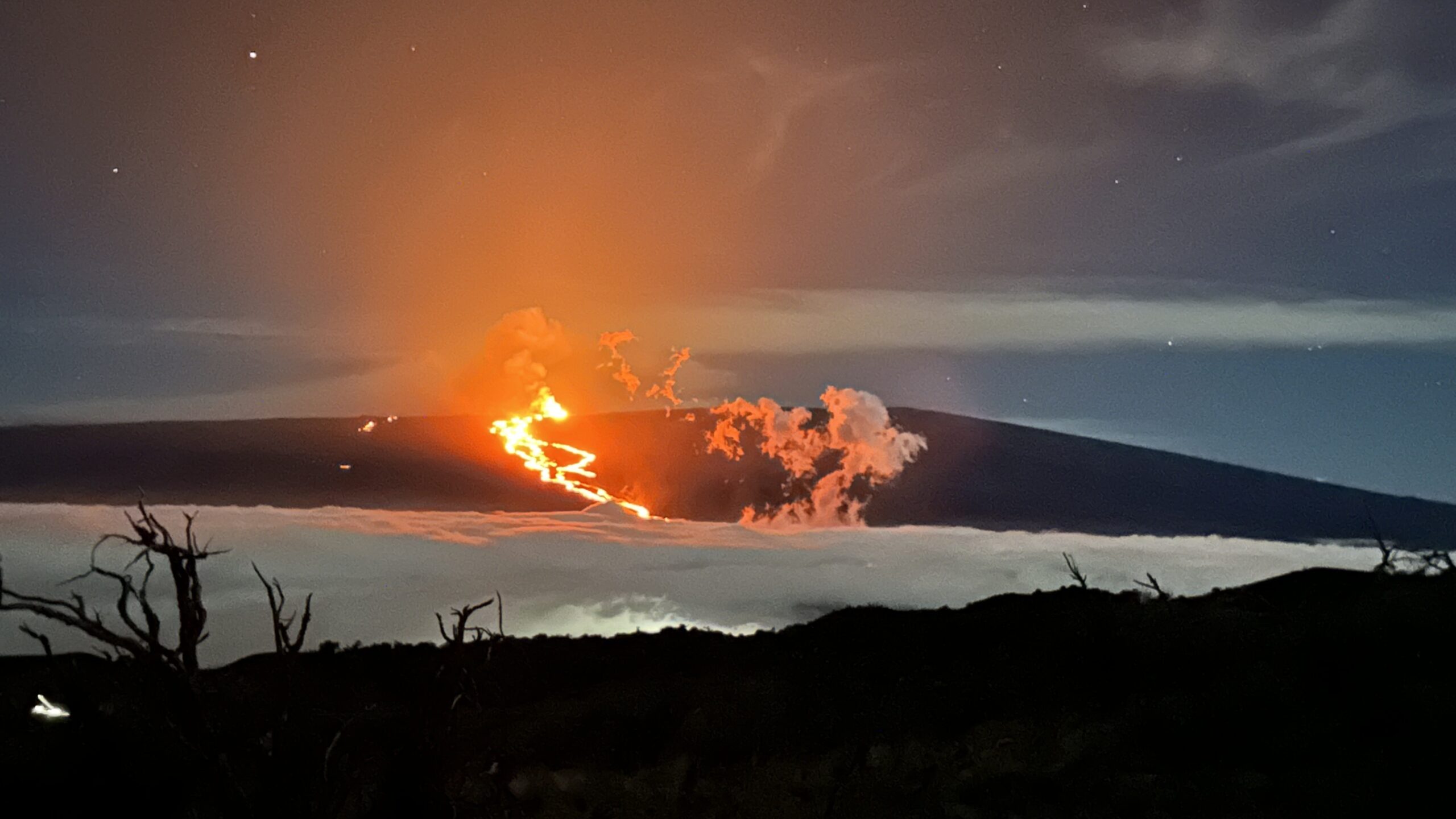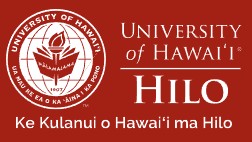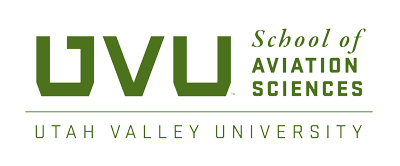Consider the Advantages of Flying with Tropicbird on the Big Island of Hawaii:
- Earn a Pilot Rating in one of the most spectacular places to fly on the planet.
Enjoy a Hawaiian style vacation while you learn to fly. - Consistently flyable weather year round that makes for efficient scheduling.
- Four magnificent airports and diverse geography to add more quality experience to your logbook.
- Tropicbird is solely dedicated to flight training, no charter or tour departments.
- Experienced Chief Instructor Pilot with over 40 years of flying experience.
- Variety of well maintained training aircraft… DA-20 C-1 Eclipse, Cessna 172 and a Cessna 182 Skylane.
- Friendly and personable flying club style flight school.
- Seasoned instructors, 21st century equipment, the best and most spectacular training environment ……… all delivered with Aloha!!!!
The Big Island has it all:

Hawaii is one of the best places in the nation for flight training. The tropical weather is very mild and predictable. All the Hawaiian Islands have a dry side and a wet side, due to the constant trade winds that sweep the islands from the northeast. Kona Airport is located on the western, leeward- dry side of the Big Island. Two 14,000 ft Volcanoes (Mauna Kea and Mauna Loa) block all the weather and make for mellow VFR flight training most every day of the year. This allows you to set up a most efficient schedule for your flight training program!
Learning at the Kona International Airport will prepare you well for your future in the air. Your training here will give you a well-rounded experience as you work with our controllers in our busy Class D Airspace. No worries, we also have two smaller, quiet airports just around the corner that are very scenic. With our ever-present trade winds, you will truly learn how to do crosswind landings and know how to deal with wind shears and mountain turbulence. You will also have the unique experience of learning about ocean navigation and tropical weather while flying to our neighbor islands. Your mainland counterparts will be envious of the Hawaiian flying time in your logbook!
Flight Training is all we do!
 Our sole mission is to help you to become a good pilot! Tropicbird is solely dedicated to flight training. We are not distracted with the burdens of a large and impersonal flying operation with charter and tour operations. We have a friendly flying club style atmosphere…and understand that learning to fly should be fun as well as hard work.
Our sole mission is to help you to become a good pilot! Tropicbird is solely dedicated to flight training. We are not distracted with the burdens of a large and impersonal flying operation with charter and tour operations. We have a friendly flying club style atmosphere…and understand that learning to fly should be fun as well as hard work.
You will get much individual attention from your instructor who has many solid years of professional flying and instructing under his belt and really knows how to teach!
Custom Scheduling
Your training lessons will be customized to fit around your own personal schedule. With our excellent weather and ideal training environment, you can come out as often as you wish to fly. This will enable you to have an efficient flow of lessons and help to keep the overall cost of your training down. You can even set up an accelerated training program to complete your training in a most efficient minimum amount of time.
State of the Art Aircraft.
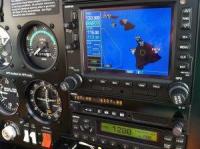
There is nothing like flying a modern, nice and clean airplane that is well equipped with high tech avionics. Our 2006 DA-20 C-1 is a sweet flying aircraft equipped with a Garmin 530 avionics panel and is a joy to fly. Our 1976 vintage Cessna 172 M is a tried and true bird that is well maintained and fully equipped for IFR flight.
You will learn in an aircraft that will prepare you well for your bright new future in the world of 21st century technology.
The Best Training Environment
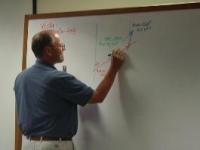
Our Training Facility is very pleasant and has a separate air-conditioned lab with computers, and all the cozy things you need to make your learning most efficient and enjoyable! We even have a picnic table and a barbeque outside around the corner where you can enjoy the balmy tropical breezes. Our media library is huge! You will have access to many state of the art training media with over 200 titles in our collection plus a large collection of classic aviation movies! We use the Jeppesen Flight Training Program with its outstanding training kits that give you everything you need to earn your pilot certificate.
Learning in paradise for visiting pilots!
Kona offers the perfect place to get away from it all and focus on your flight training. During the time off from your busy training schedule, you will be able to hit the beach , go snorkeling and basically just enjoy all the charms that the Big Island has to offer! You will be refreshed and ready to go each day! The best part is that you will have a most excellent photo collection to take home with you!!!
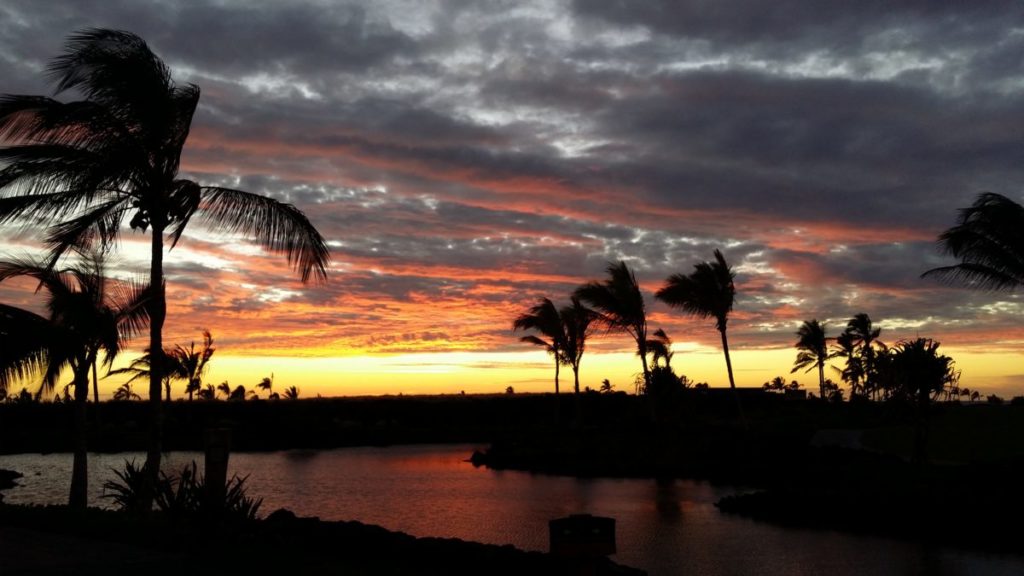
Prices
Airplane Rental Hourly Rates
| Airplane | Hourly Cost |
| Cessna 182S 230 hp | $365 |
| Cessna 172M 180 hp | $265 |
| DA-20 C-1 Eclipse 125 hp | $235 |
| 2025 AATD Simulator Precision Flight Controls AATD CR-12 | $75 |
You will not find more value for your investment in flight training anywhere on the Big Island.
Tropicbird offers a 5% discount on all rates for 10 hour block time deposit on account.
All prices include, headsets, and supplies, tax not included.
Instructor Hourly Rates
| Type of Instruction | Hourly Cost |
| Primary / Private Pilot | $120 |
| Commercial/Instrument | $130 |
| CFI and Flight Review | $130 |
| Island Flying Course instructor/guide | $200 |
You will not find more value for your investment in flight training anywhere on the Big Island.
You can learn to fly!
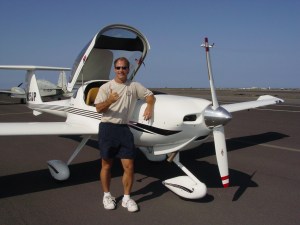
Take that big step and ’boldly go’ where you’ve never been before…. up there behind the controls, cruising around the sky like a great soaring bird… a Tropicbird!!!
Earning your Private Pilot License is truly an adventure of a lifetime. You are about to take a journey that will put your self-discipline to the test and challenge you to grow. You will be amazed at what you can accomplish when given the right training and a great coach to guide you. People of all ages and backgrounds have proudly earned their wings. Perhaps you started your training years ago but life got in the way. Now is the time to restart that dream and start flying again.
Here's the Ticket!
The Private Pilot license is where all pilots get their start. It forms the foundation for all the professional pilot certifications. Once you earn your license, you will be able to fly most light single engine airplanes and take friends and passengers up for a ride in the sky. You may even use an aircraft for your own personal business. With further experience and your Commercial Pilot certificate, you can then pursue a rewarding career in a myriad of different flying jobs that await your exploration!
What will I learn?
Learning to fly involves much more that being behind the controls. You will learn the basics of airplane systems, aerodynamics, airport operations and airspace, meteorology, charts and navigation, and aeronautical decision-making skills …..to name a few!.
Putting it all together will take hard work and good study habits. Your training will consist of a combination of guided self-study time, and scheduled one on one classroom and flight training sessions with your instructor. You will have many resources to help you on this journey. Tropicbird uses the Jeppesen Guided Flight Discovery training system. It is a state of the art training package that comes complete with excellent textbooks and all the training materials you will need to become a pilot. Yes, it’s back to school, but what a view out the window of your classroom!
Earning your wings!
Private Pilot License Requirements: FAR 61.102
- Minimum age requirement, 17.
- Read speak, write and understand the English Language.
- Pass an FAA Class three flight physical exam.
- Complete a ground training course.
- Complete required flight training.
- Pass the FAA Private Pilot written test.
- Take and pass the FAA final Practical Test.
Minimum Flight Experience Requirements:
The FAA regulations require that students complete a total of 40 hours of flight training, with a minimum of 20 hours with an instructor and 10 hours solo flight time. Most students require additional hours of training to truly be proficient and be ready to pass the Practical Test. When the time comes, you will be more than ready to pass that test with flying colors!
“
Science, freedom, beauty, adventure- aviation offers it all.
– Charles Lindbergh
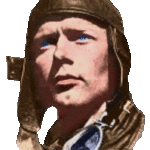
“
So what will it cost?
To figure the total cost for completing your course, it is best to
consult with our staff for a realistic estimate that takes into account your background, available time you can commit toward your training and prior aviation experiences. There are many variables involved in total cost such as efficient scheduling, consistency of flight lessons, and rates of learning the academics and flying skills involved.
Below is a basic breakdown of required hours and recommended ground instruction hours. Also included are some additional expenses that you will need to cover through your training. This will be a starting point to give you a good idea of what to expect for building your budget and setting realistic expectations for your course completion.
Estimated Minimum Cost of Private Pilot Training
| ITEM | COST |
| 40 hours DA-20 aircraft rental | $9,400 |
| 30 hours flight instruction | $3,600 |
| 40 hours ground instruction | $4,800 |
| Jeppesen Flight Discovery Training Kit | $250 |
| FAA Airman knowledge test | $150 |
| FAA Practical test (Average) | $700 |
| FAA Class 3 medical exam | $250 |
| Total | $19,000 |
Enjoying the process is all part of the plan!
One thing we have going for us is that we love what we do and especially love doing it in Hawaii! You will have some of the most memorable times of your life learning and experiencing the warmth of the island style of flight training!
"Estimated Cost of Private Pilot Course"
*Costs are based on the Minimum required flight training hours as set by the FAA. Actual costs will be based on factors such as frequency of training, student’s motivation, and student’s rate of learning and any prior flight training experience.
Note: Flight training may also be conducted in the Cessna 172 if desired.
Cleared for the Approach!
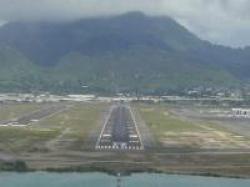
There is nothing like flying a precision approach to an airport that is near minimum weather conditions….low and behold, you break out of the clouds and the runway is lit up like a Christmas tree right in front of you, welcoming you to land!
The Instrument rating will allow you to use your Private Pilot or Commercial Pilot rating Most efficiently. You will be qualified to fly above the clouds and land in conditions that would otherwise ground you. The training you will receive will make you a sharper pilot in all areas, and will greatly build your confidence.
What will I learn?
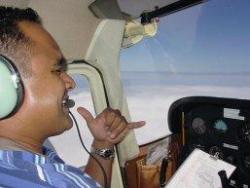
The instrument pilot must be proficient in flying solely by reference to instruments. You will get quite good at your instrument scan and cockpit management skills. Earning the rating also calls for an in depth understanding of the ATC system, Advanced Navigation and Communication as well as a well versed understanding of Meteorology and weather analysis. There is plenty to learn and master in this rating.
Eligibility Requirements for Instrument Rating
- Private Pilot Certificate
- Third Class Medical Certificate
- 50 hours cross country pilot in command
- 40 hours instrument flying experience, of which
20 hours may be credited by training with an FAA certified flight simulator,
ie Tropicbird’s brand new PFC CR-12 flight simulator! - Pass an FAA Instrument written test
- Pass an FAA Instrument Practical Test (Final check ride)
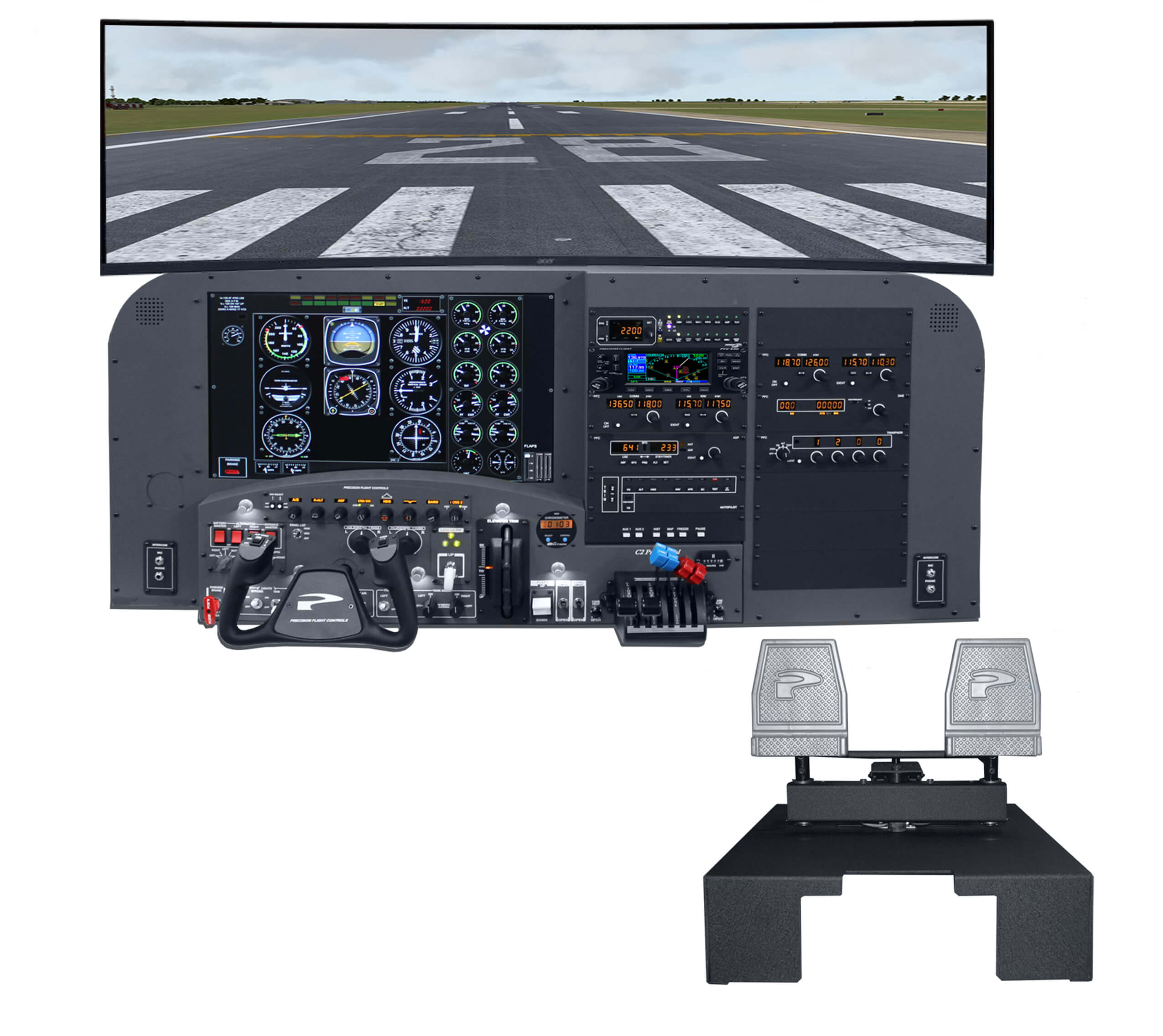
The regulations require that you log 40 hours of instrument flight training toward the rating. This training is best completed in a time frame that is fairly compact. We can also tailor the training program around your personal work and every day life schedule to make it more realistic with the time you can afford to spend.
So what will it cost?

You will not find more value for your investment in flight training anywhere on the Big Island. Chief Instructor, Mike Lauro has over 20 years helping pilots earn their instrument ratings and knows just how to guide you through this challenging program. The cost of earning any of the pilot certificates ultimately depends on how well you bring it all together and progress through your training. Ideally the best formula for success is to plan out your time and finances to concentrate on your goals at hand. The most ideal plan would be to attend classes two or three times a week and put in a few hours of study every day. If you have the means, we can set up an accelerated training program around your personal schedule and complete your training in as little as three to six weeks.
| ITEM | COST |
| 20 hours Cessna 172M dual flight instruction | $7,500 |
| 20 hours AATD Simulator dual instruction | $4,100 |
| 20 hours Briefings and Ground classes | $2,600 |
| Course ware and books | $250 |
| FAA Airman Knowledge test | $150 |
| FAA Practical Test (Average) | $700 |
| Total | $12,700 |
A fantastic place to do instrument flight training!
The Big Island is definitely one of the best places in the nation to complete IFR training. You will have no problem with weather delays due to low freezing levels or severe weather systems. You will be flying out of the busy Kona International Airport (Class D). Your IFR training will take you across the Big Island and on to our neighbor Islands for your cross country flights, cool stuff!

Over on the eastern, windward – wet side of the Big Island, we have the Hilo Airport. The ‘Hilo side’ of the Big Island sees a mix of sunshine and plenty of moisture riding in on the trade winds. Those same volcanoes that keep the Kona side dry also serve to lift those incoming wet trade winds uphill to produce nice fluffy and misty clouds. Icing is non-existent at the altitudes we operate in and thunderstorms are very infrequent in the Hawaiian Islands.
Combine this mellow, IFR weather with the very quiet, Hilo Airport Class D radar approach control, and you have a perfect setup for highly efficient IFR training. Even flying out of Kona, it is a short hop over to the windward side to do multiple approaches with the friendly Hilo controllers watching over your moves. You will no doubt get plenty of “actual” instrument weather flying right on down to near minimums on approach!
Scheduling the Course
We recommend that you give yourself at least 3 weeks to complete your instrument training.
If you are already coming to the course with prior experience, then we may be able to shorten the course to meet your needs. Flexibility is the key and we will accommodate you with what ever time you can afford to spend here on our wonderful Island!
*Costs are based on the required Minimum flight training hours as set by the FAA. Actual costs will be based on factors such as student’s prior flying experience and currency, frequency of training, student’s motivation, and student’s rate of learning.
Note: The regulations require the applicant to have 50 hours of cross country pilot in command time to take the practical test.
Note: FAA Examiner’s fee and taxes not included in costs.
" Instrument flying is when your mind gets a grip on the fact that there is vision beyond sight. U.S. Navy Approach magazine circa WW II."
Mike Lauro Message
Meet Captain Darryl Grace and First Officer Aislynn Mandoliniz!
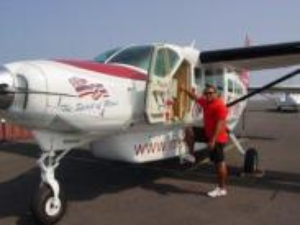
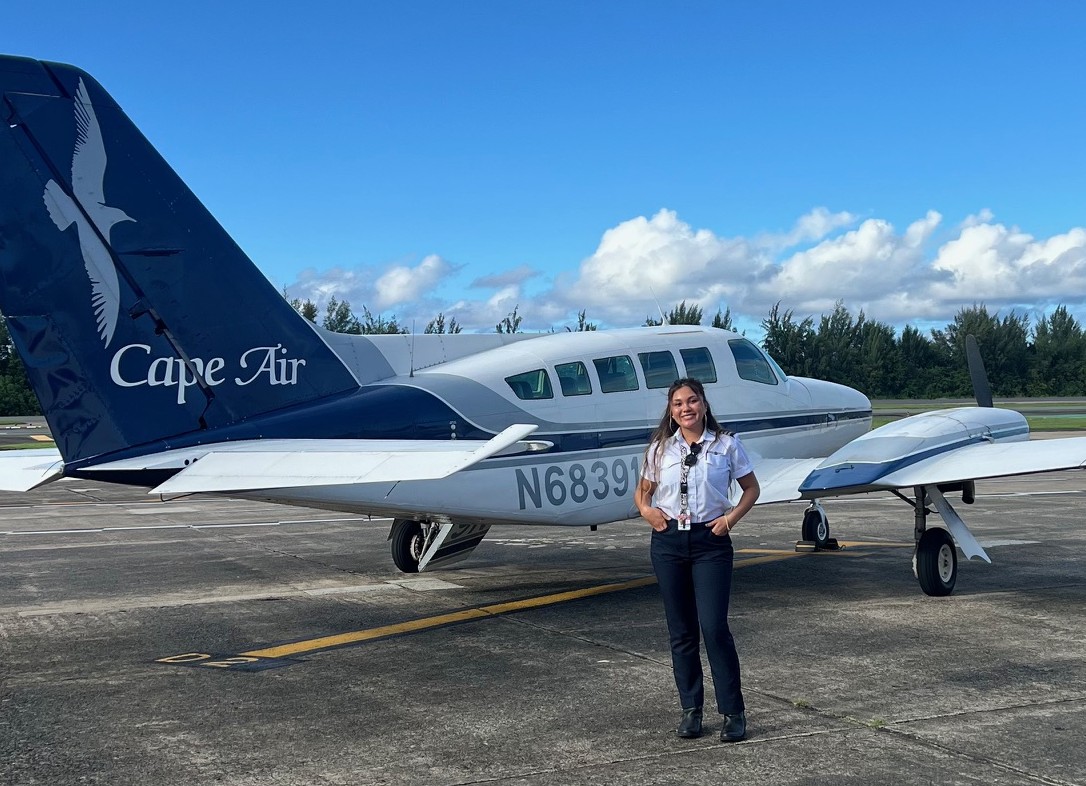
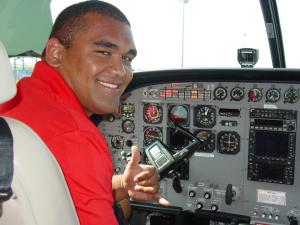
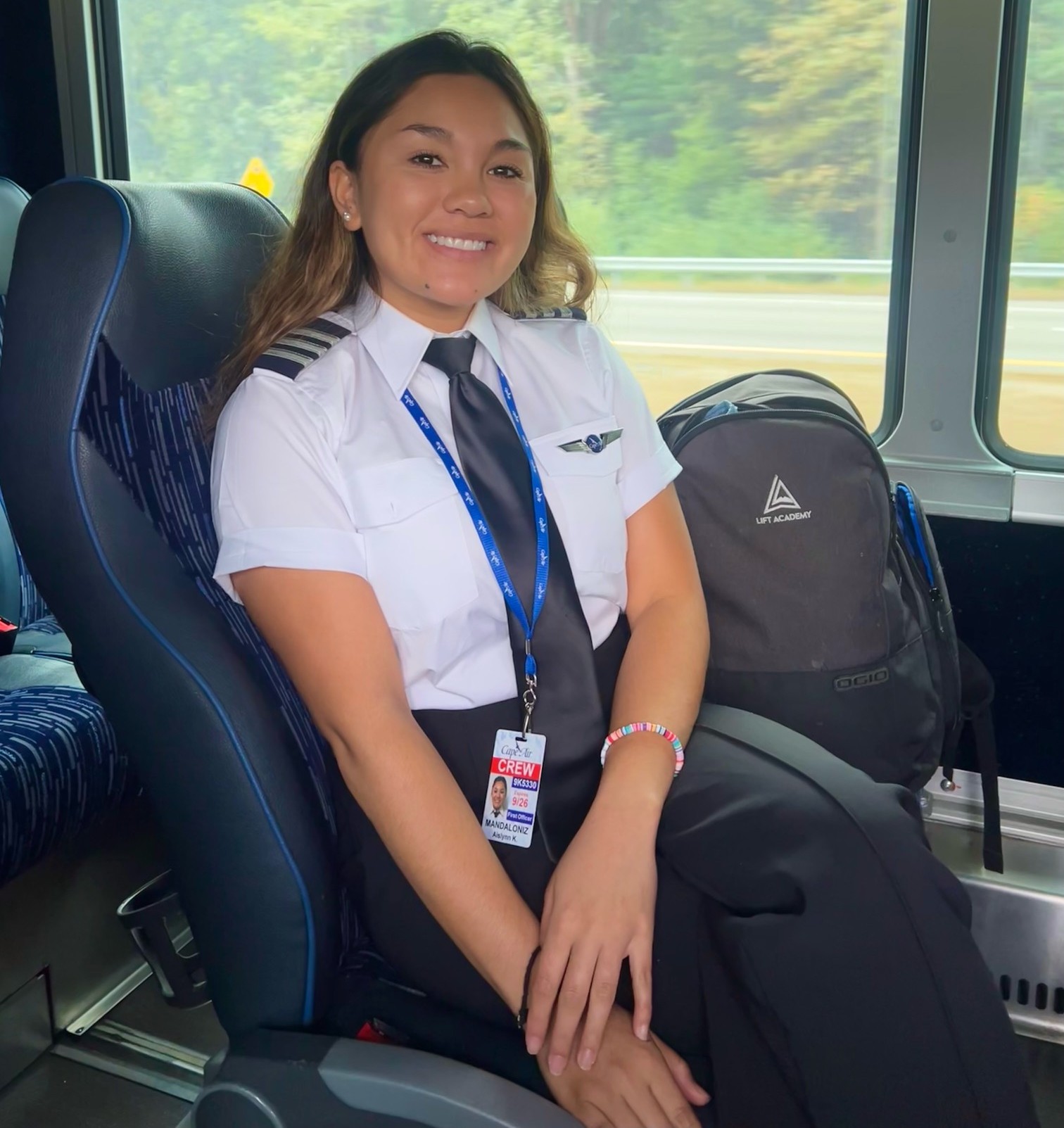
Both got their start with Tropicbird and are now working as Commercial pilots,
Darryl as an active EMS Pilot, and our local FAA Designated Pilot Examiner (DPE) and Aislynn is flying Charters with Cape Air in the Carribean!
Putting your wings to work
Flying as a commercial pilot is more than making a living in the sky. It’s all about being excellent at your craft and taking your flying to a new level of professionalism. You will be preparing to fly faster, higher and further than you’ve flown before in more complex aircraft. It is very gratifying to command a complex airplane smoothly through the sky and use it to perform a mission, especially when you get paid to do it!
Here is a list of just a few of the commercial type jobs out there:
- Police and traffic control
- Federal forest patrol
- Professional Flight Instructor
- Test Pilot
- Recreational and Tour Pilot
- Sales and demonstration Pilot
- Aerial Photography and surveying
- Charter and Air taxi pilot
- Bush Pilot
- Missionary Aviation Pilot
- Commercial Airline Pilot
- Fire fighting Pilot
” It was not because I was a better or more daring pilot than my colleagues; constant practice had simply expanded my limitations. The trick is to learn your limitations, gradually expand them, but never go beyond them..”
– James H. “Jimmy” Doolittle

So what will it cost?
You will not find more value for your investment in flight training anywhere on the Big Island. Chief Instructor Pilot, Mike Lauro has many years of practical teaching experience and can guide you thorough the rigours of the commercial pilot course. The cost of earning any of the pilot certificates ultimately depends on how well you bring it all together and progress through your training.
Ideally the best formula for success is to plan out your time and finances to concentrate on your goals at hand. The most ideal plan would be to attend classes two or three times a week and put in a few hours of study every day. If you have the means, we can set up an accelerated training program around your personal schedule and complete your training in as little as two to three weeks, depending on your prior flying experience.
| ITEM | COST |
| 20 hours Cessna 172M dual flight instruction ( includes Complex aircraft requirement) | $7,500 |
| 5 hours Cessna 172M dual cross country flight instruction | $1,875 |
| 20 hours ground instruction | $2,600 |
| Course ware and books | $250 |
| FAA Airman Knowledge test | $150 |
| FAA Practical Test (Average) | $700 |
| ** Total estimated cost of Commercial Pilot Training | $13,075 |
**Costs are based on the Minimum required flight training hours as set by the FAA. The actual costs will be based on factors such the student’s prior flying experience and currency, frequency of training, student’s motivation, and student’s rate of learning.Also, you should check to make sure you meet the minimum required cumulative flight experience necessary to be eligible to take the Commercial Practical test….See FAR 61.129 for cumulative aeronautical experience requirements..
Become a Flight Instructor
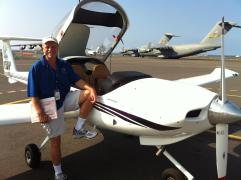
If you love to fly and have a desire to teach others the wonders of flying, then Instructing is for you. The Certified Flight Instructor Course prepares you to pass that aviation knowledge and skill on to others. You will learn all about the FAA pilot certification process in detail, the basic fundamentals of instruction and how to prepare and deliver ground and flight lessons. In the process, you will develop a mastery of flying skills that will truly make you a better pilot!
Chief pilot, Mike Lauro, has graduated many CFI candidates over the years and knows what you need to successfully pass the Practical Test.
Eligibility Requirements for Certified Flight Instructor FAR 61.183
- Commercial Pilot Certificate
- Instrument rating
- Logbook endorsement on fundamentals of instructing – 61.185.
- Pass a knowledge test –(Fundamentals of instruction and CFI test)
- Pass the required Practical Test
- Log at least 15 hours as pilot in command in the category and class of Aircraft that is appropriate to the flight instructor rating sought.
Note that there are no real minimum flight time hours in training for the Flight Instructor Certificate. You will be training in the right seat, building proficiency in performing and instructing all the maneuvers required for the commercial certificate. Much of the training will be On the ground, learning about the privileges and responsibilities of your new rating.
– Plutarch
So what will it cost?
There is no minimum flight or ground training preparation time requirements for the Instructor Practical test. The length and duration of your training will directly depend on your prior flying experience and pilot proficiency. Having the required FAA Airman Knowledge tests completed prior to the training will go a long way in completing the course in a most efficient time frame.
| ITEM | COST |
| 20 hours Cessna 172 dual flight instruction | $7,500 |
| 20 hours Ground instruction and Practical test preparation | $2,600 |
| Course ware and books | $300 |
| FAA Airman Knowledge test | $150 |
| FAA Practical Test (Average Cost) | $900 |
| *Total cost of Training | $11,450 |
Carefully check the FAR 61:181 regulations to make sure you meet the EligibilityRequirements, and review the Aeronautical knowledge and flight proficiency requirements..

Island Adventure Flying Course…… for visiting and new pilots to Hawaii
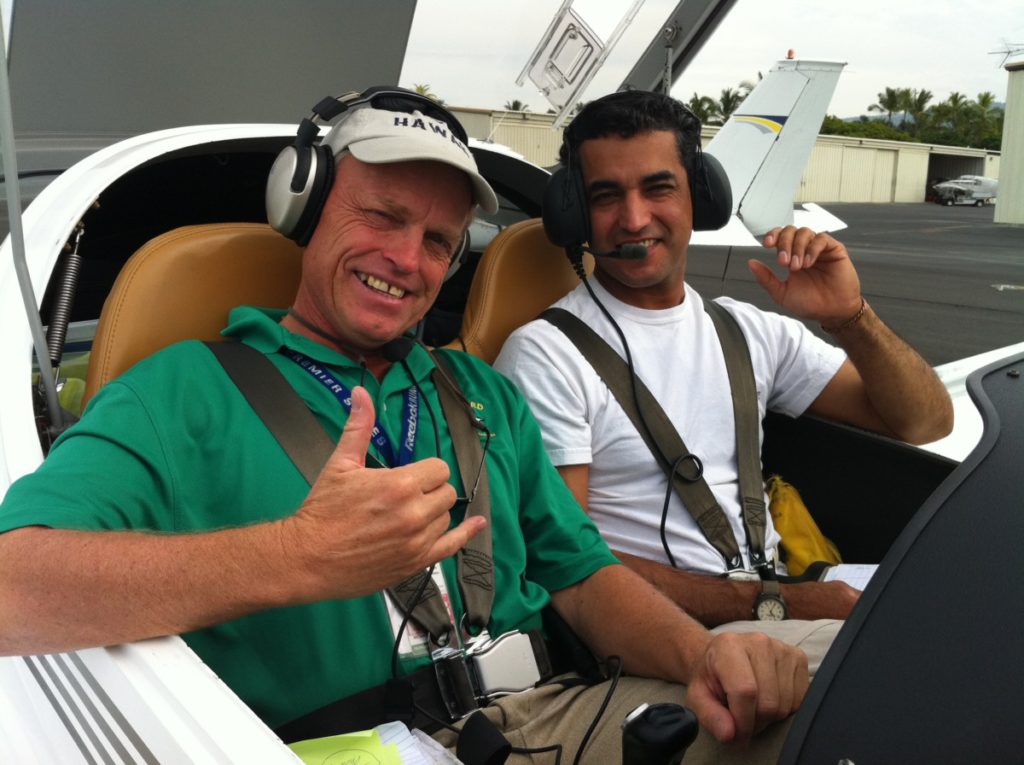
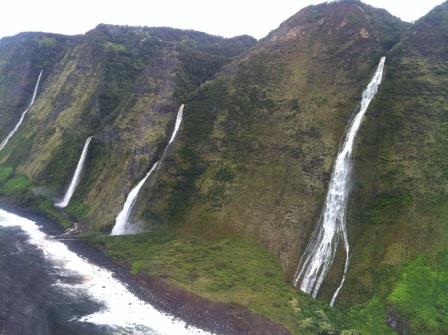
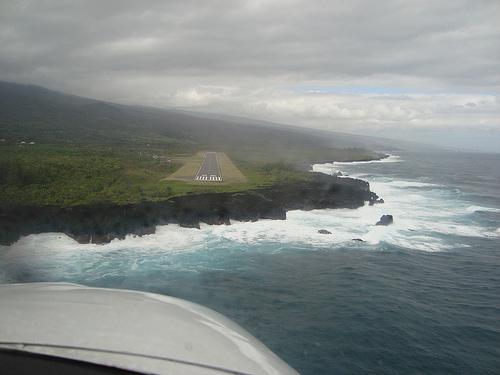
We put you in the pilot seat along with one of our local flight instructors who knows the islands very well. You will be in good hands! Mike Lauro, owner and chief instructor pilot has lived in Hawaii for over 25 years and has been operating Tropicbird for over 12 of those precious years! Mike has also acted as chief pilot for several air tour operators on the Big Island.
Our Island Adventure Flying Course is designed to introduce you to the unique aspects of flying in the Hawaiian Islands from a pilot’s point of view. Much like a mountain flying course, our Island Flying Course will enrich your airmanship skills and prepare you for any future flying that you may wish to do in Hawaii.
Having an experienced professional instructor pilot along for the flight is an invaluable experience. You will gain much “local knowledge” which makes all the difference in safely enjoying all that the Islands have to offer! You will experience the full spectrum of topics from tropical weather patterns, ocean navigation and communications and island volcano/mountain flying techniques. Practice landings can be made along the way at several wonderfully scenic local airports. If there is more than one pilot in your group, you can swap the pilot seat. Definitely bring your logbook and we will endorse the Island Course as instruction given that will be especially memorable!
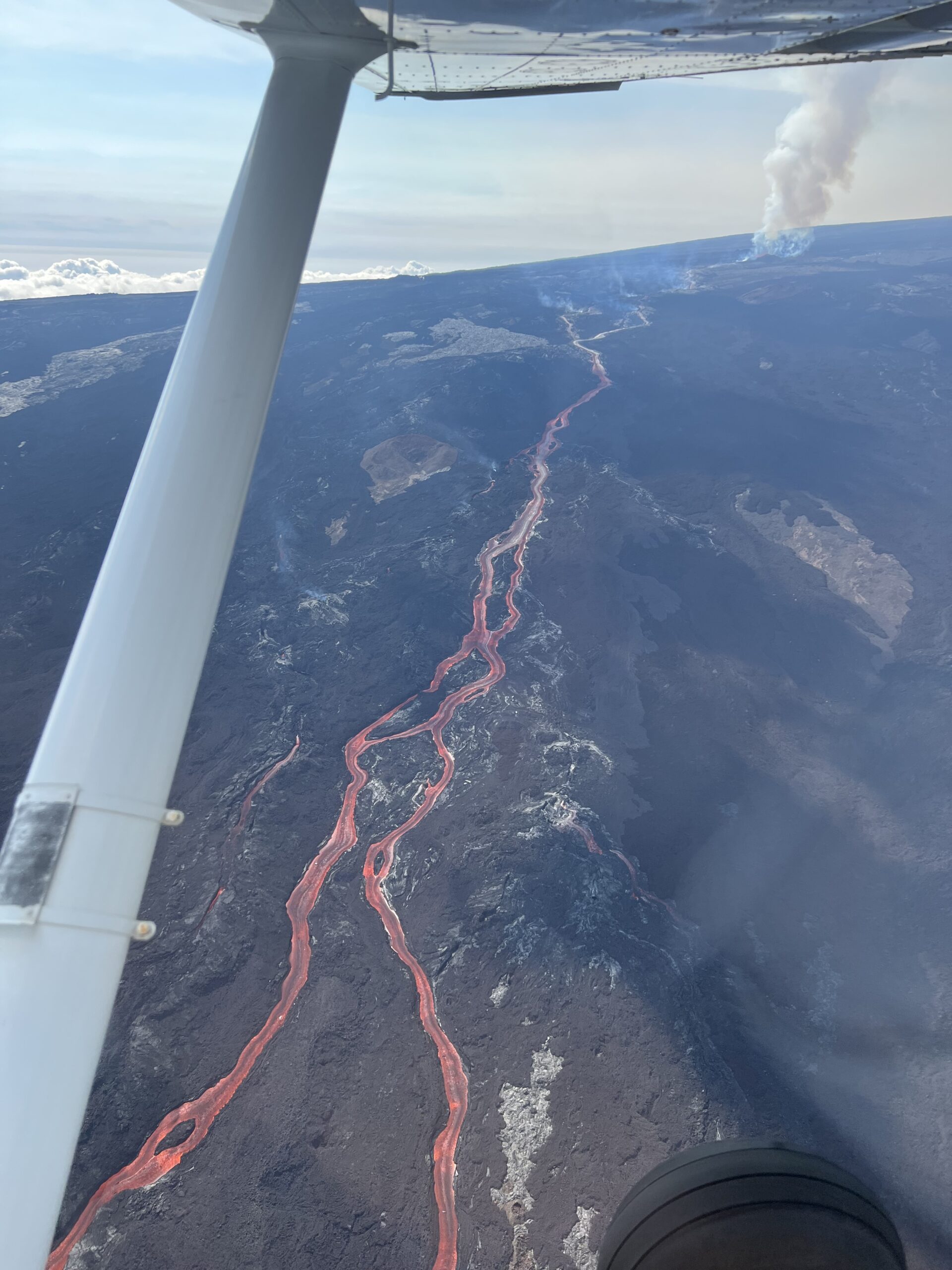
Flight Plans
There are many things to learn about flying in the Hawaiian Islands. The Island chain is basically a partially submerged volcanic mountain range in the middle of the Pacific Ocean that generates its own unique brand of tropical weather. We will plan a flight together, carefully checking the local weather conditions and determine the best route for the day’s flying adventure. We also cover in detail, the local air space rules and review our unique Island Traffic Advisory Frequency operations. Each Island has its own discreet frequency. Pilots make position reports and help each other sort out traffic as well as provide pilot reports for the changing local weather conditions. Can you pronounce Kealakekua bay?
The Big Island
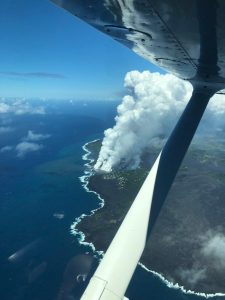
Home of Kilauea, the world’s most active volcano. Our most popular flight plan is a circle island shoreline cruise around the Big Island. This takes over two hours to complete! You will see first hand how our four huge volcanoes affect the local climate and terrain features. Departing Kona International Airport southbound, we pass by the remote south point of the island, the southernmost latitude in the United States. Then, its over to the eastern cape along the shoreline past Volcanoes National Park, where the active lava flows are. From there, a turn toward the northwest puts us on the windward-wet side past Hilo Airport, where all the tropical valleys and waterfalls abound. Upolu airport on the northern most point of the island provides a nice opportunity to test your crosswind landing skills and take a short break during the flight. Then it’s southbound along the Kona Coast with its vividly colorful coral reefs and spectacular spread of resorts and golf courses! Kona International Airport can be a busy place with its 11,000 ft runway, so its heads up as we enter the class D airspace.
Our Neighbor Islands
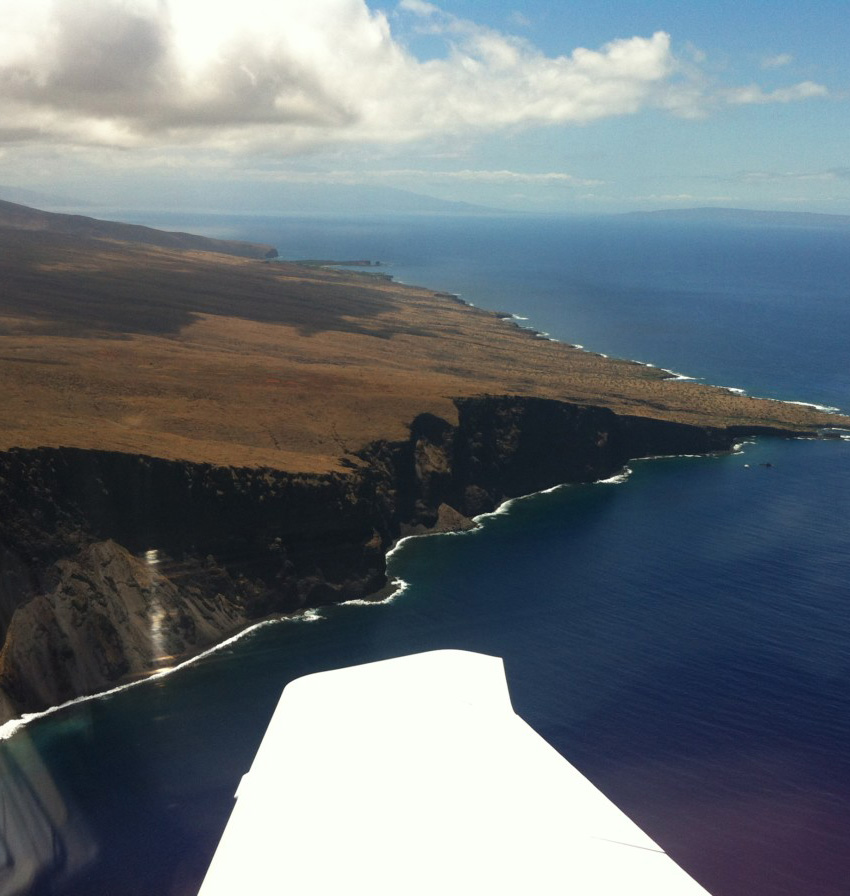
Maui, Molokai and Lanai. We can also plan a flight and navigate across the channels to one or more of our neighbor islands. With proper preparation, inter-island flying over water is routine in the Hawaiian Islands. You will learn the strategies involved in choosing the best routes based on wind direction and cloud formations. Typically, we are in radar contact with ATC facilities along our entire route. In the process we will take in all the spectacular beauty of our island chain. After departing northeast bound from the Kona International Airport, we follow the Kona coast up to the northern tip of the Big Island, Upolu point. Then, its northwest bound for a 20 minute flight over the Maui channel to tropical Hanna airport. Following the awesome rugged coastline along the windward shores of Maui, we pass through Kahului Airport and transit Class C airspace. Then its northwest bound over to Molokai, where the tallest sea cliffs in the world grace the island. This is indeed a good place to stop for a short break. We then swing back to the south and hop across the Maui channel to Lanai, the pineapple island. Then it’s across the south shores of Maui passing by the scenic town of Lahaina. The return flight to the Big Island is dramatic as we climb high across the channel and trace the outlines of the four largest volcanoes in the Pacific Ocean. Total flight time is around 3 hours. The experience will be timeless!!!
Be A Pilot / Discovery Flight

Introductory flight lesson – Get in the pilot seat and behind the controls with a certified flight instructor coaching you. See what its like to fly high over the Kona Coast! Learn just what it takes to earn your wings!
Make your next flight review a most memorable experience in the tropical skies of the Big Island!
Everything you need is here to sharpen up your piloting skills and stay current. We operate in Class-D airspace at Kona International Airport. You can practice your communication skills as you work with our controllers and weave your way around the fast movers. No worries, we do have a few quiet airports nearby, where you can combine some training with fun. Perfect those crosswind landings once and for all with a good 10 to 15 knot trade wind coming off the ocean on a typical Hawaiian day. Improve your emergency procedures and do a dead stick glide to a spot landing on Runway 7 at Upolu Airport, a remote strip on dramatic sea cliffs at the scenic northern tip of the Big Island. You have much invested in those wings, so lets keep them exercised!
Flight Review Requirements FAR 61.56
Minimum 1 hour of flight instruction and 1 hour ground instruction to include:
- A review of the current general operating and flight rules.
- A review of those maneuvers and procedures, at the discretion of the instructor, that are necessary for the pilot to demonstrate the safe exercise of the privileges of the pilot certificate.
If successfully passed, you will receive a logbook endorsement and will be able to fly again for another 24 calendar months in any category and class aircraft that you are rated to fly!
You may choose from our selection of aircraft to complete your training. We will provide you with a host of handouts and preparation materials to get you started on your journey back to ‘currency’!.
Haven’t been flying for a while?
For those of you who have taken a long break from the sky, we can tailor your training to get you back up to speed. We will patiently guide you back to the cockpit and ensure that you have the confidence you need to start flying as pilot in command once again!
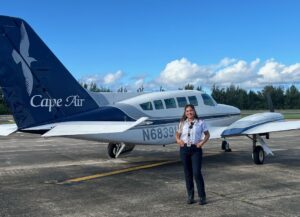
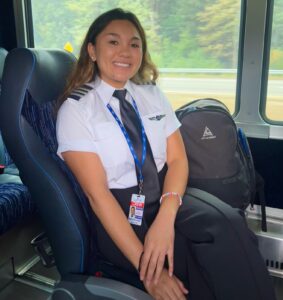
Meet Aislynn Mandoliniz, Commercial pilot
Aislynn ,from Hilo, Hawaii, earned her Private Pilot licence thru Tropicbird’s flight training program.
She went on and graduated with a degree in Aeronautical Science with UH Hilo Aeronautical Sciences program.
Aislyinn is now flying as a commercial pilot with Cape Air, flying passengers all around …… the Carribean!
Tropicbird Flight School is proud to be a flight training provider for:
University of Hawaii Aeronautical Sciences degree program
Utah Valley University School of Aviation Sciences.
Now, you can earn a BS in Aviation Sciences while completing your commercial flight training right here in Hawaii, without having to leave for the mainland. All your flight training completed with Tropicbird, will count as earned credits toward your college degree. This provides many advantages, saving time and finances as well as making your aviation training more efficient.
Give Tropicbird a call for more details about our college programs.
Check the links below for information about enrolling in the program of your choice
University of Hawaii Hilo Aeronautical Science
Utah Valley University School of Aviation Sciences
For more information, contact the University of Hawaii Hilo at 1-808-932-7900 or visit hilo.hawaii.edu
For more information, contact the UVU School of Aviation Sciences at 1-888-901-7192 or Aviation@uvu.edu or visit www.FlyUVU.com .

